
The Silent Heroes: How Billions of Sterile Flies Are Protecting North American Livestock
Introduction
Imagine fighting a dangerous pest—not with chemicals or traps, but with an army of “sterile” flies released by the millions from airplanes. This is not science fiction. In 2025, North America launched one of the world’s largest and most innovative pest control campaigns: the mass release of sterile screwworm flies. The goal? To save livestock, protect food supplies, and keep families safe—while reducing the need for harmful pesticides.
What Are Screwworms and Why Are They a Threat?
Screwworms are the larvae of the New World screwworm fly (Cochliomyia hominivorax).
-
Danger to Animals: Female screwworm flies lay eggs in open wounds of warm-blooded animals. When the eggs hatch, the larvae feed on living tissue, causing severe injury or even death in livestock and wildlife.
-
Economic Losses: Outbreaks can devastate cattle, sheep, deer, and other animals, costing farmers and ranchers billions of dollars.
-
Human Health: Though rare, screwworms can also infest humans, especially in rural areas.
The Challenge: Outbreaks in Texas and Mexico
In 2025, outbreaks of screwworms were detected along the US-Mexico border, threatening cattle and wildlife in southern Texas and northern Mexico.
-
Rapid Response Needed: If not controlled quickly, screwworms can spread fast and cross borders.
-
Trade Impact: The detection led to a temporary halt in cattle imports from Mexico, a major blow to both countries’ agriculture industries.
The Innovative Solution: Sterile Insect Technique (SIT)
Instead of spraying vast areas with chemicals, scientists and the USDA turned to a powerful, environmentally friendly strategy known as the Sterile Insect Technique (SIT):
-
How It Works:
-
Billions of male screwworm flies are bred in high-tech facilities.
-
The males are sterilized (usually with radiation) so they cannot produce offspring.
-
These sterile males are released over affected areas from airplanes.
-
When sterile males mate with wild females, no larvae are produced—breaking the pest’s life cycle.
-
-
Scale:
-
In 2025, a new $8.5 million facility in Edinburg, Texas, began producing up to 300 million sterile flies every week.
-
Billions of sterile flies are released across Texas and Mexico each month.
-
Why Is This Approach So Important?
-
Eco-Friendly: SIT targets only the screwworm, leaving other insects, wildlife, and crops unharmed.
-
Reduced Chemical Use: Farmers can avoid using broad-spectrum pesticides, which can pollute water and harm pollinators.
-
Long-Term Control: If enough sterile males are released, the pest population can collapse over time.
The Results So Far
-
Containment: Early reports indicate that screwworm outbreaks have been contained, protecting both livestock and wild animals.
-
Reopened Trade: With the pest under control, cattle imports from Mexico have resumed under strict safety protocols.
-
Model for the World: The program is a global example of how science and technology can solve pest problems without harming the planet.
What’s Next for Pest Control?
The success of the sterile fly release is inspiring new efforts:
-
Other Pests: The same approach is being explored for mosquitoes (to fight malaria and dengue), fruit flies, and more.
-
Biotech Innovations: Scientists are experimenting with gene editing and RNA-based controls to target pests even more precisely.
-
International Cooperation: Pests don’t respect borders—collaboration between countries is critical for success.
Conclusion
The battle against screwworms shows that sometimes, the most effective pest control isn’t about fighting nature with poison, but working with science to outsmart the pests themselves. By investing in innovative, eco-friendly solutions, North America is protecting animals, farmers, and families—and setting a new standard for sustainable agriculture worldwide.

Youtube Video
Invalid YouTube URL provided.


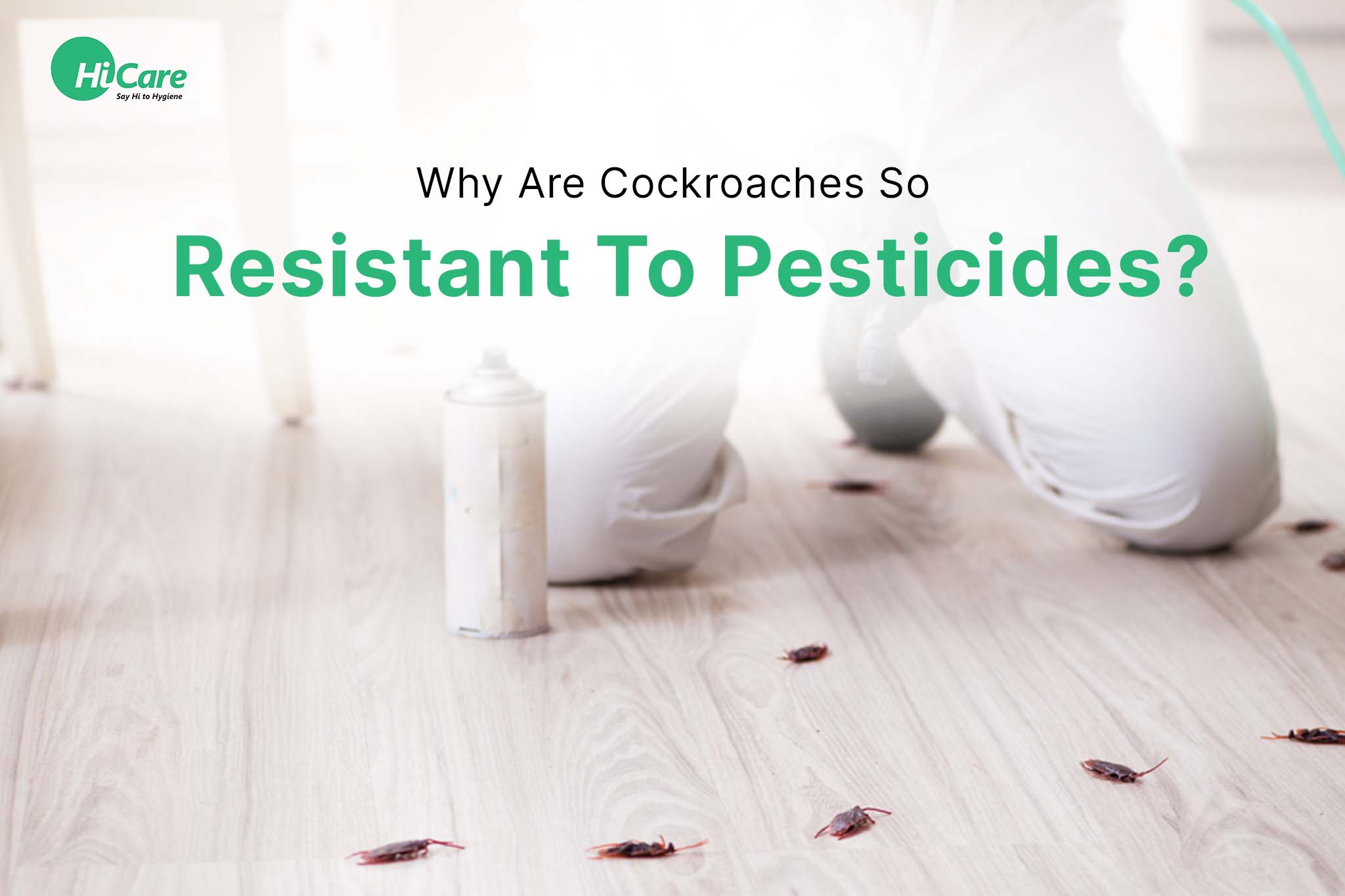










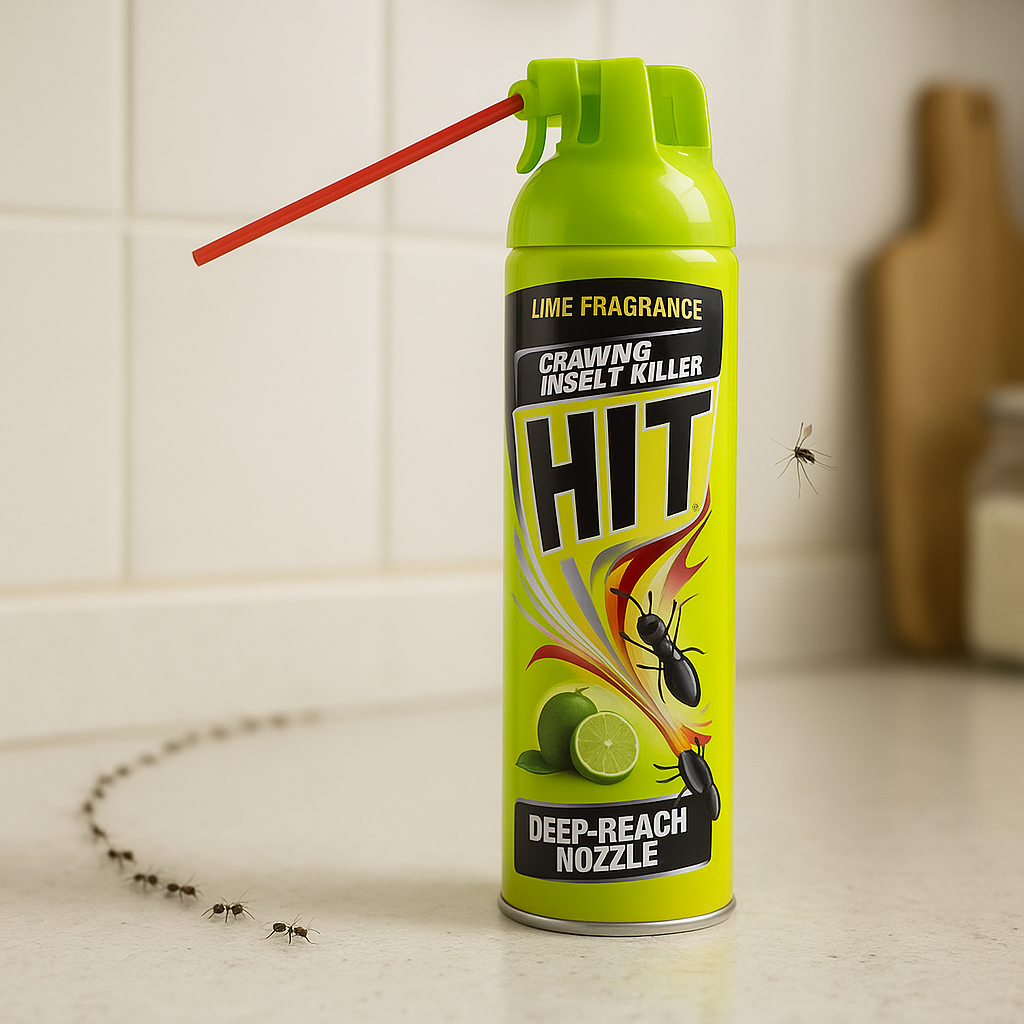
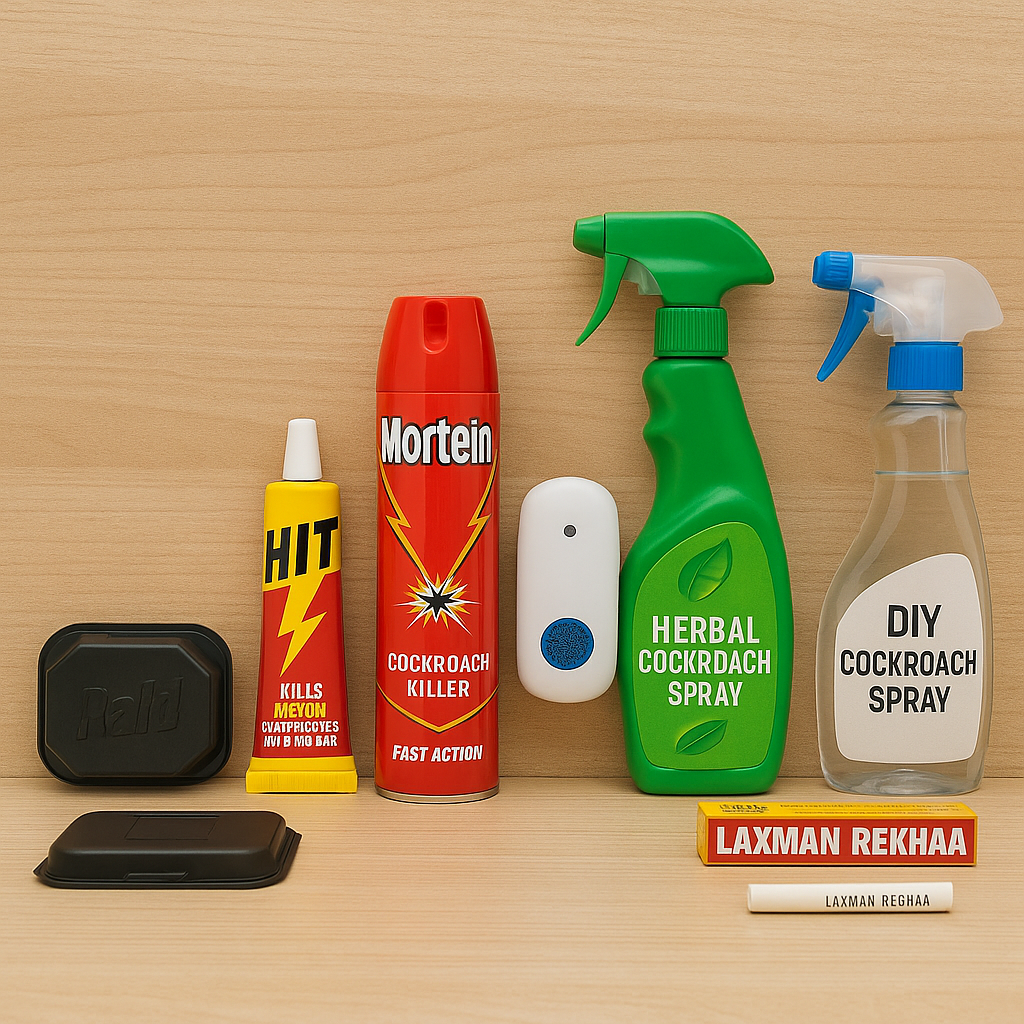
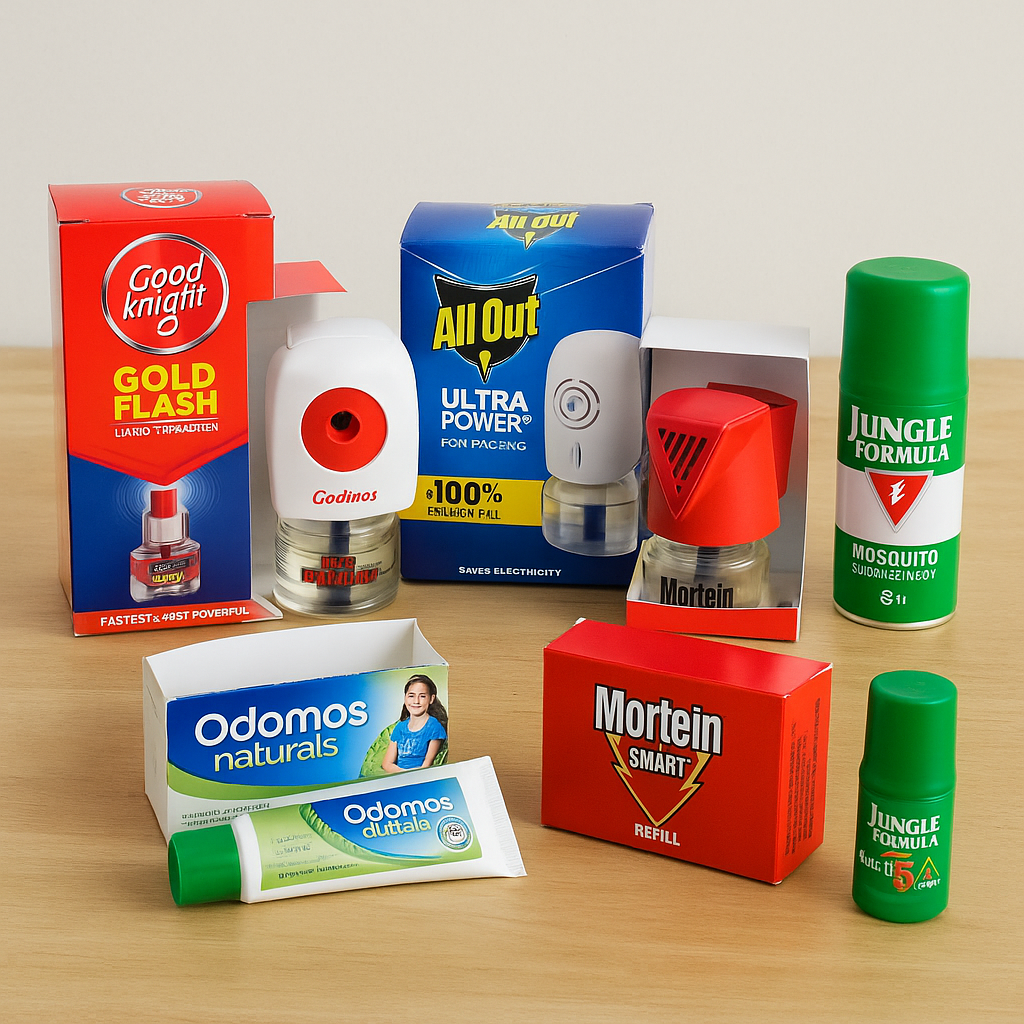
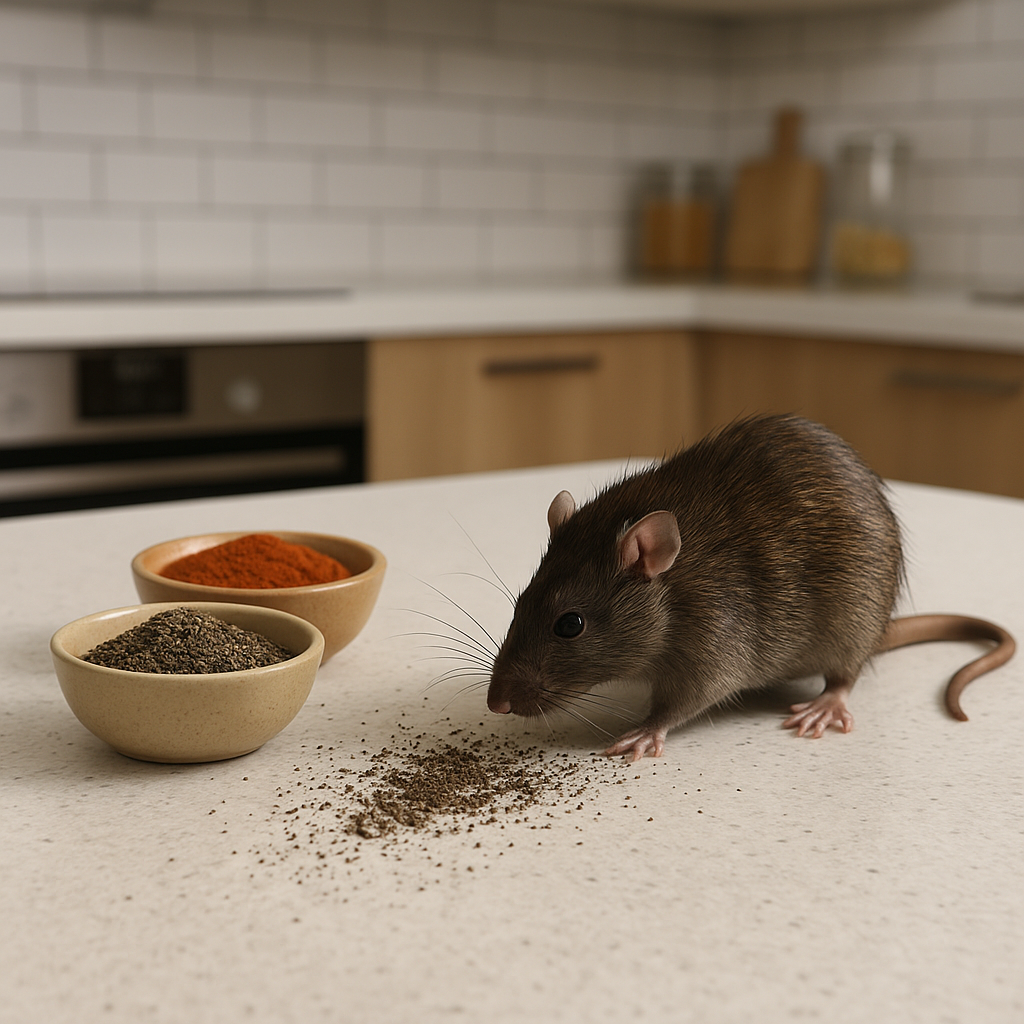

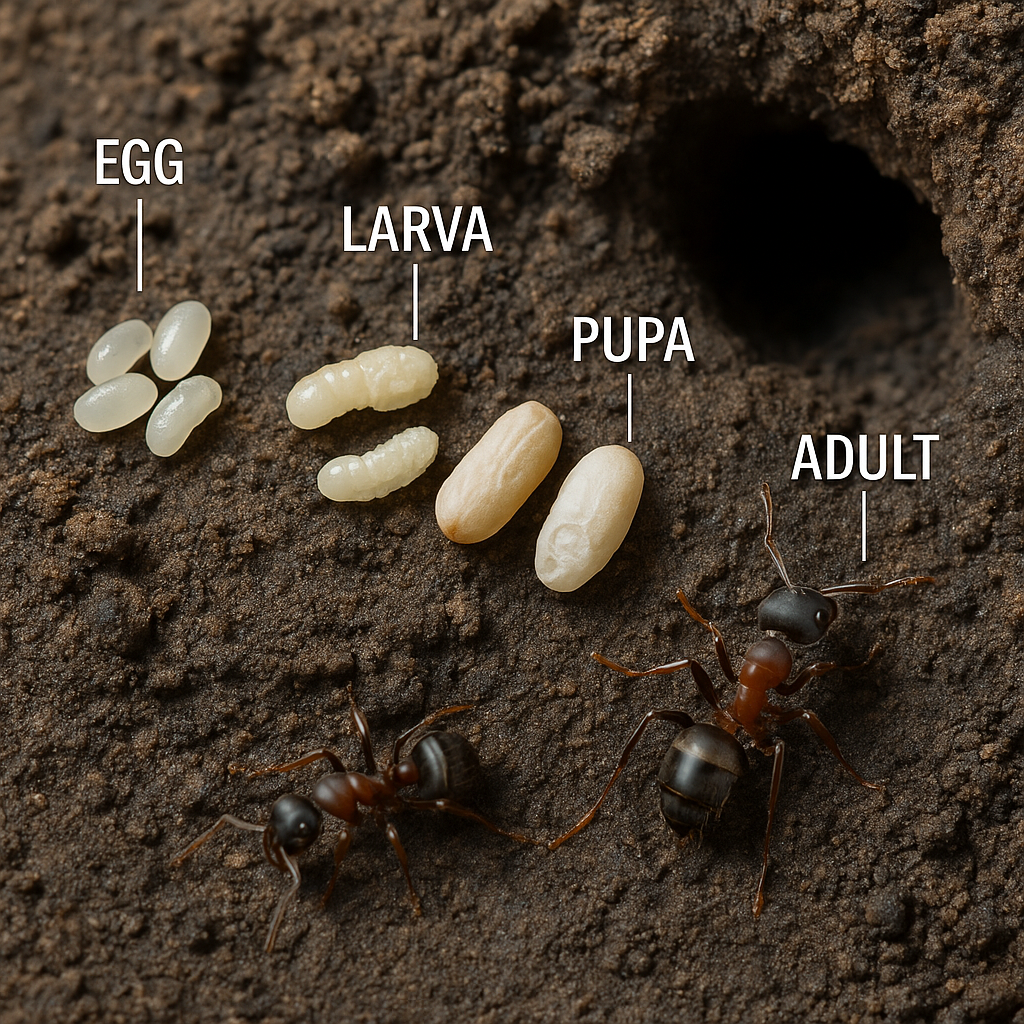
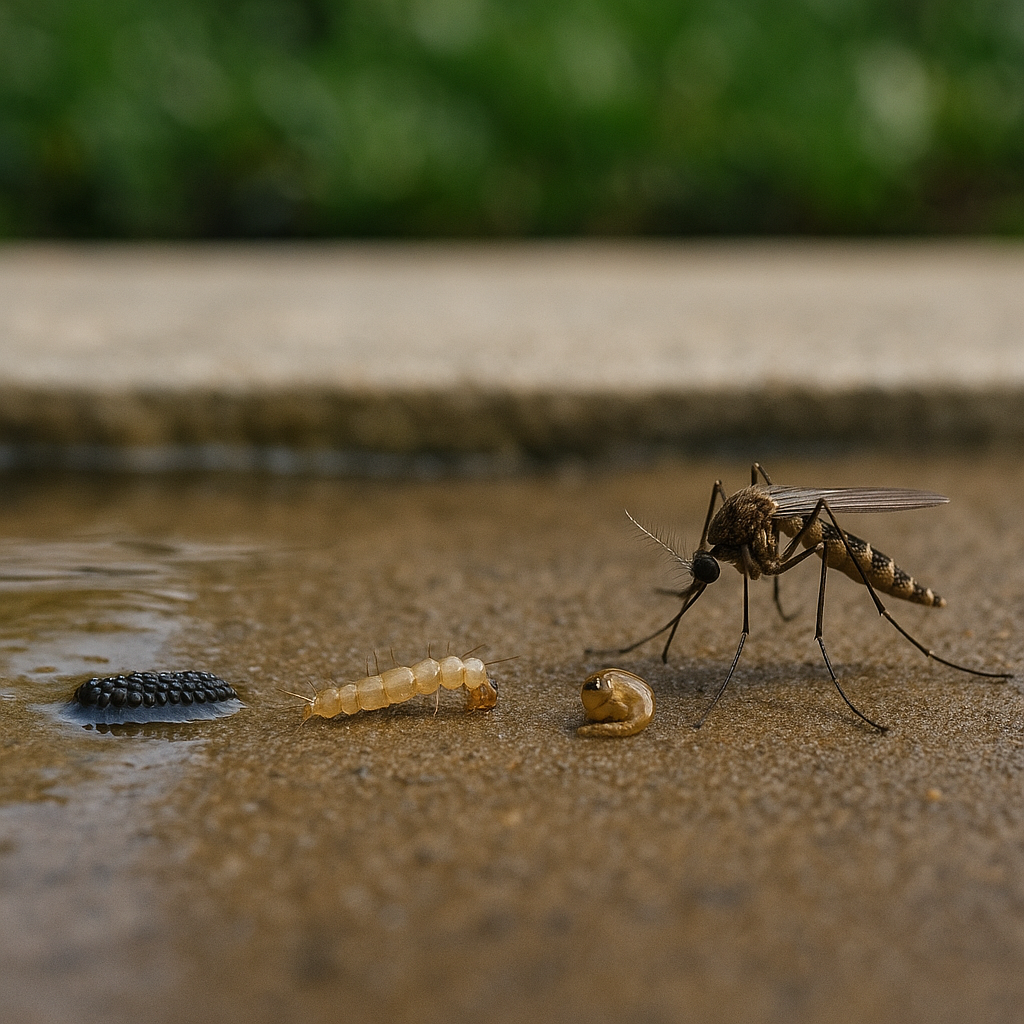
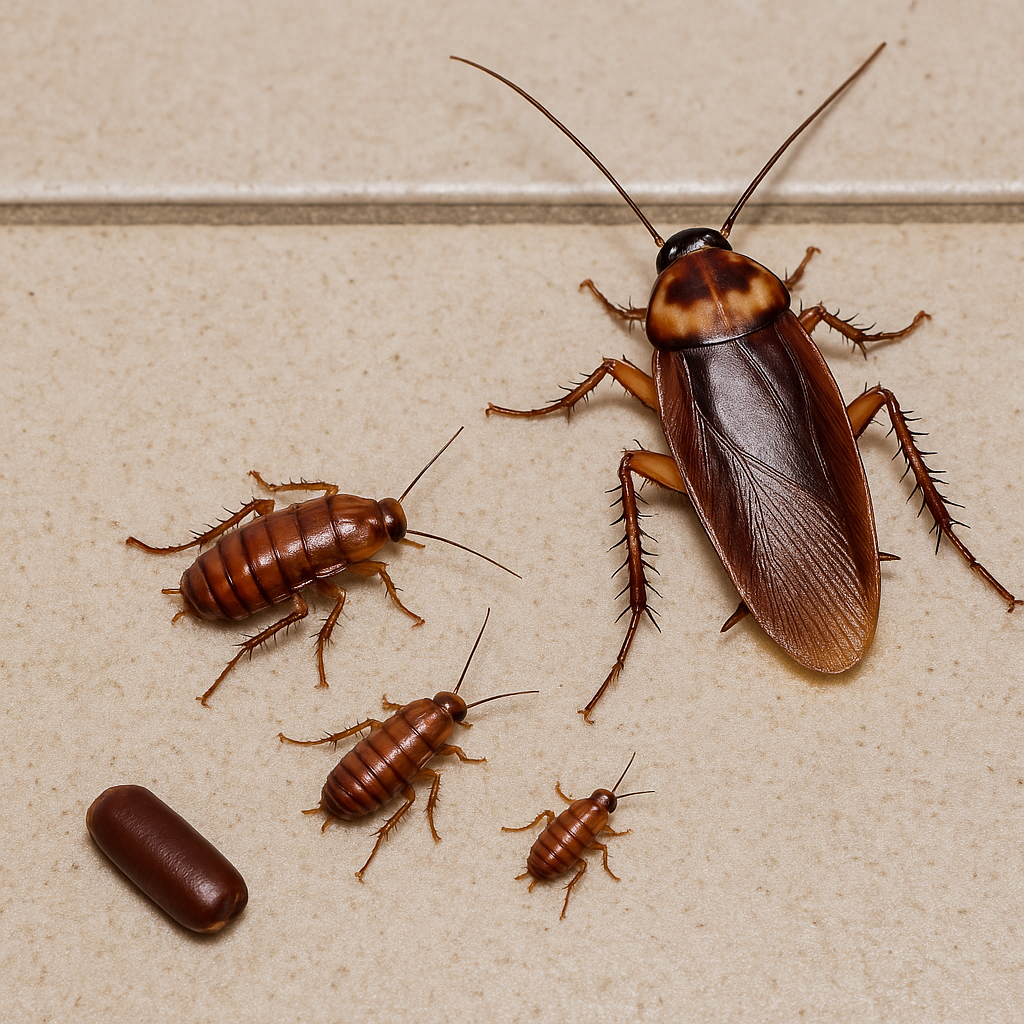
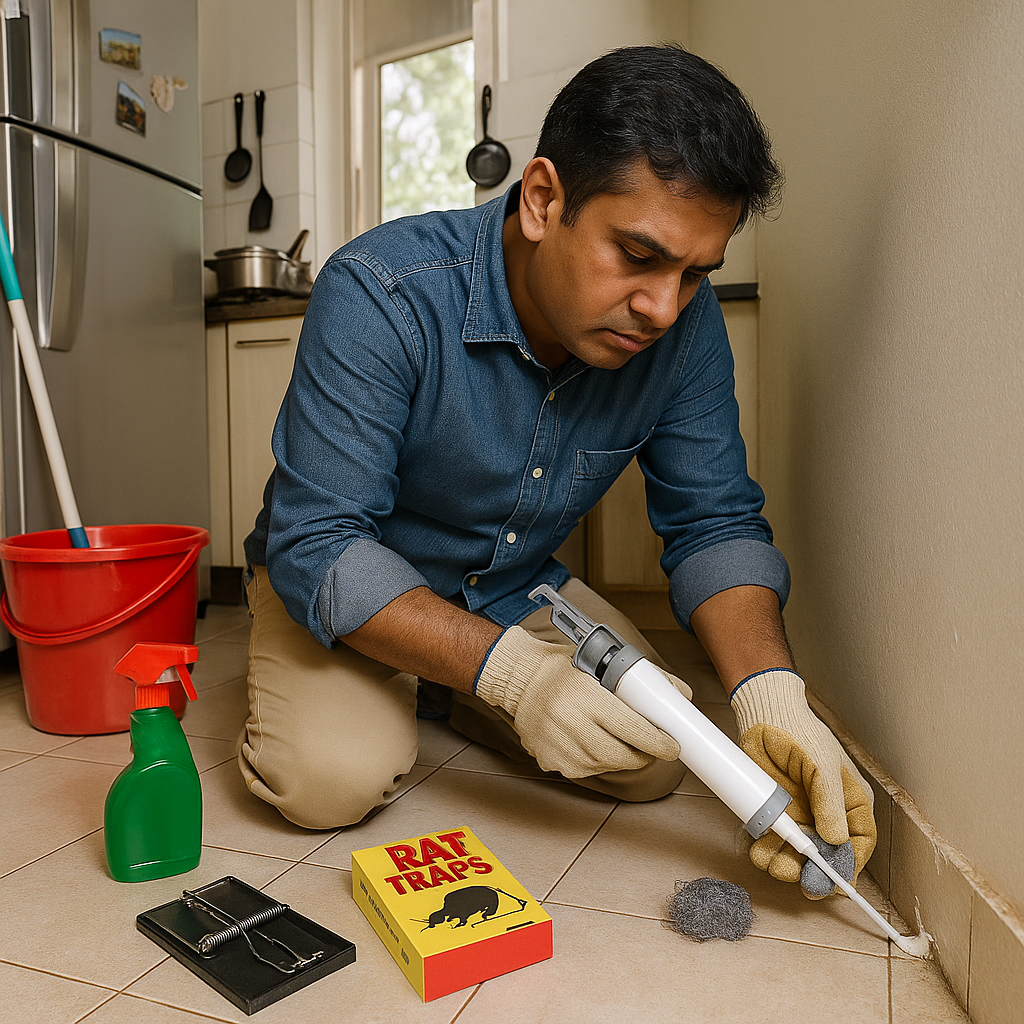
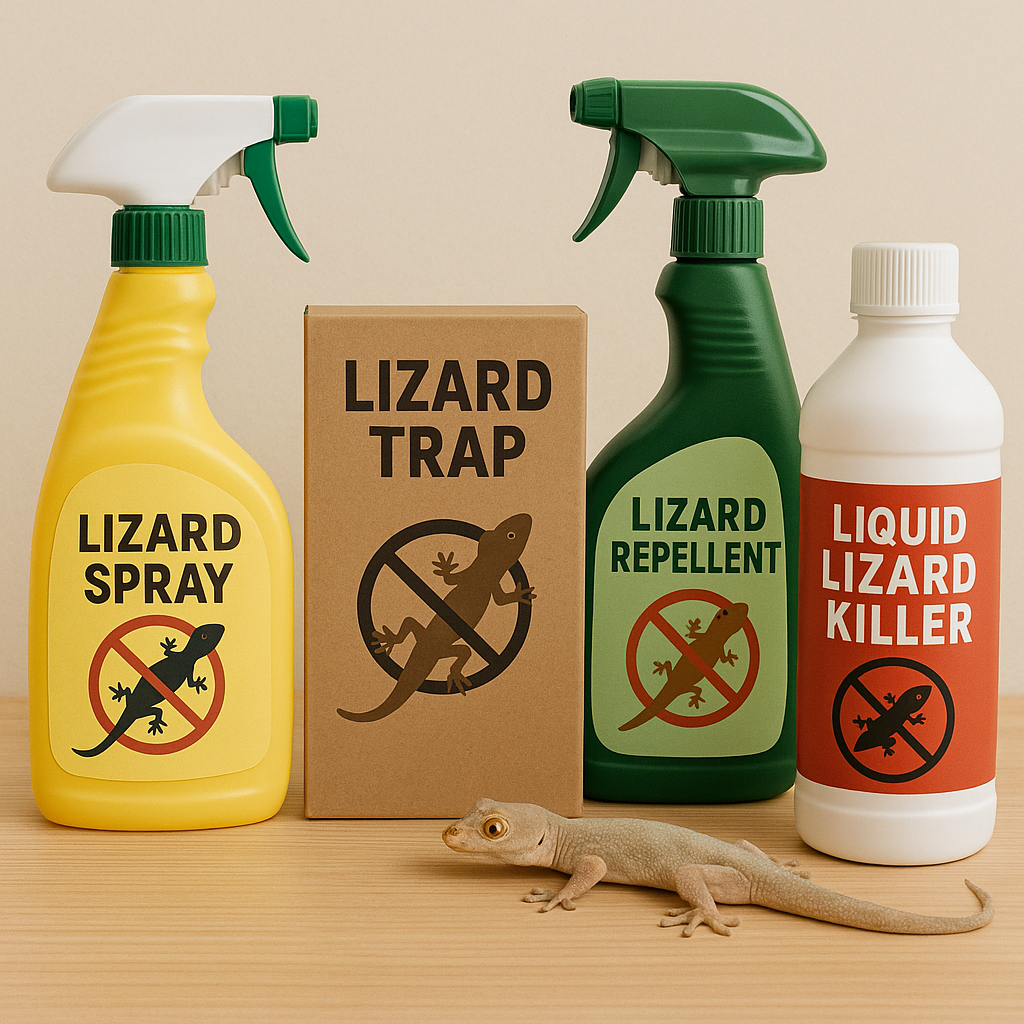
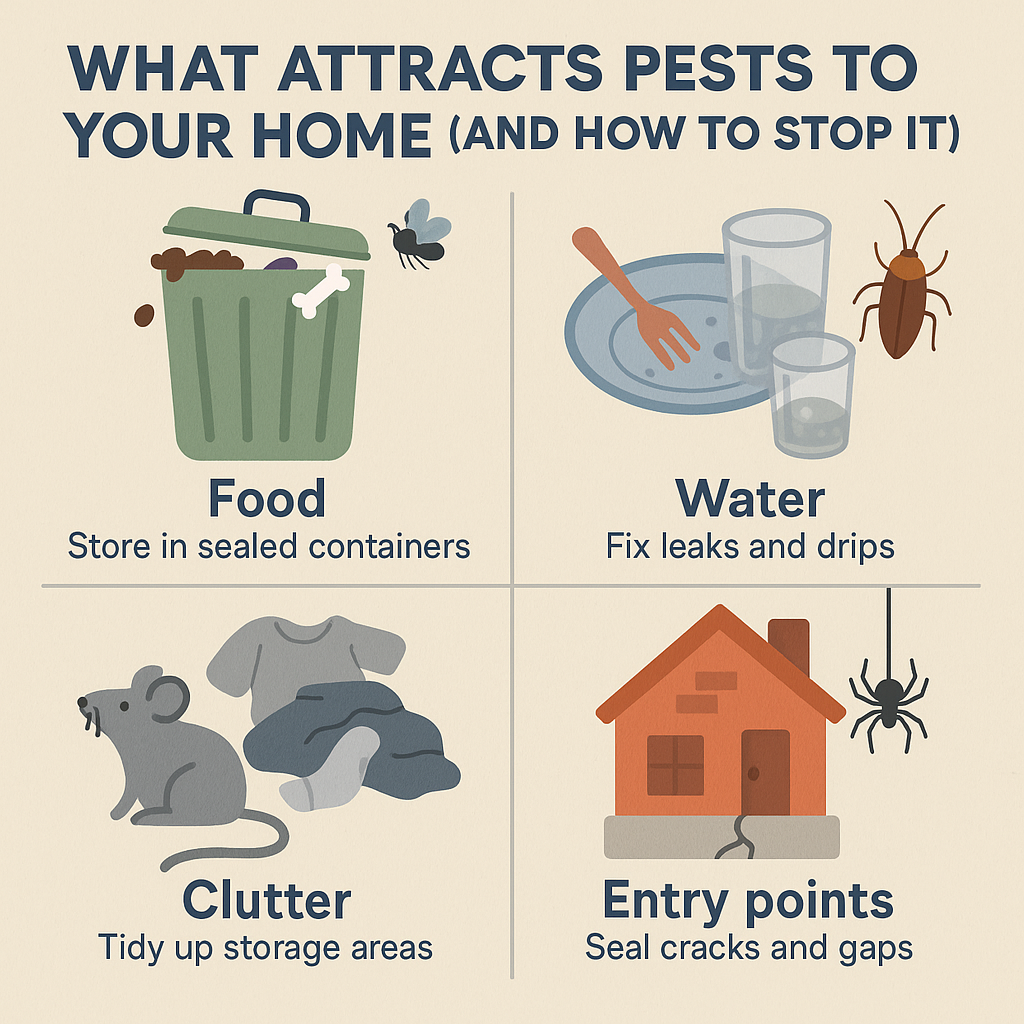


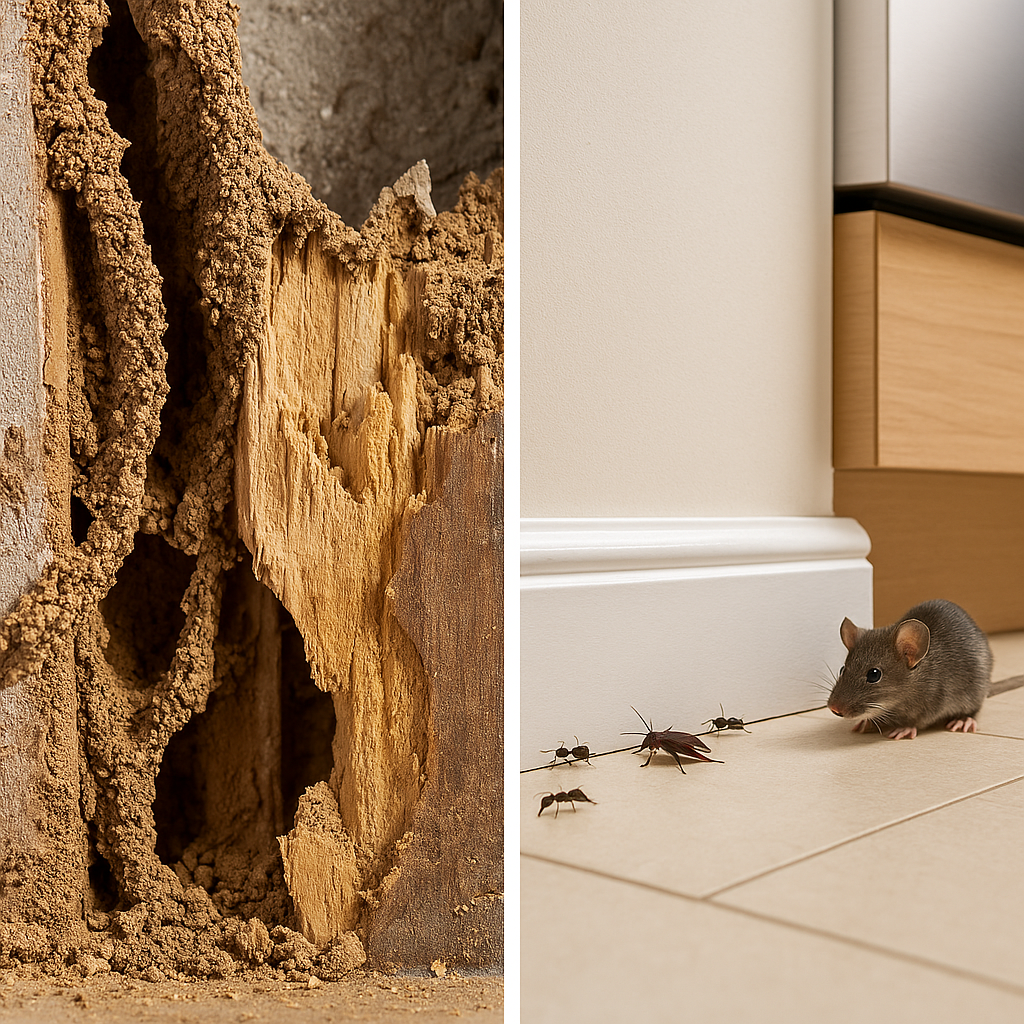
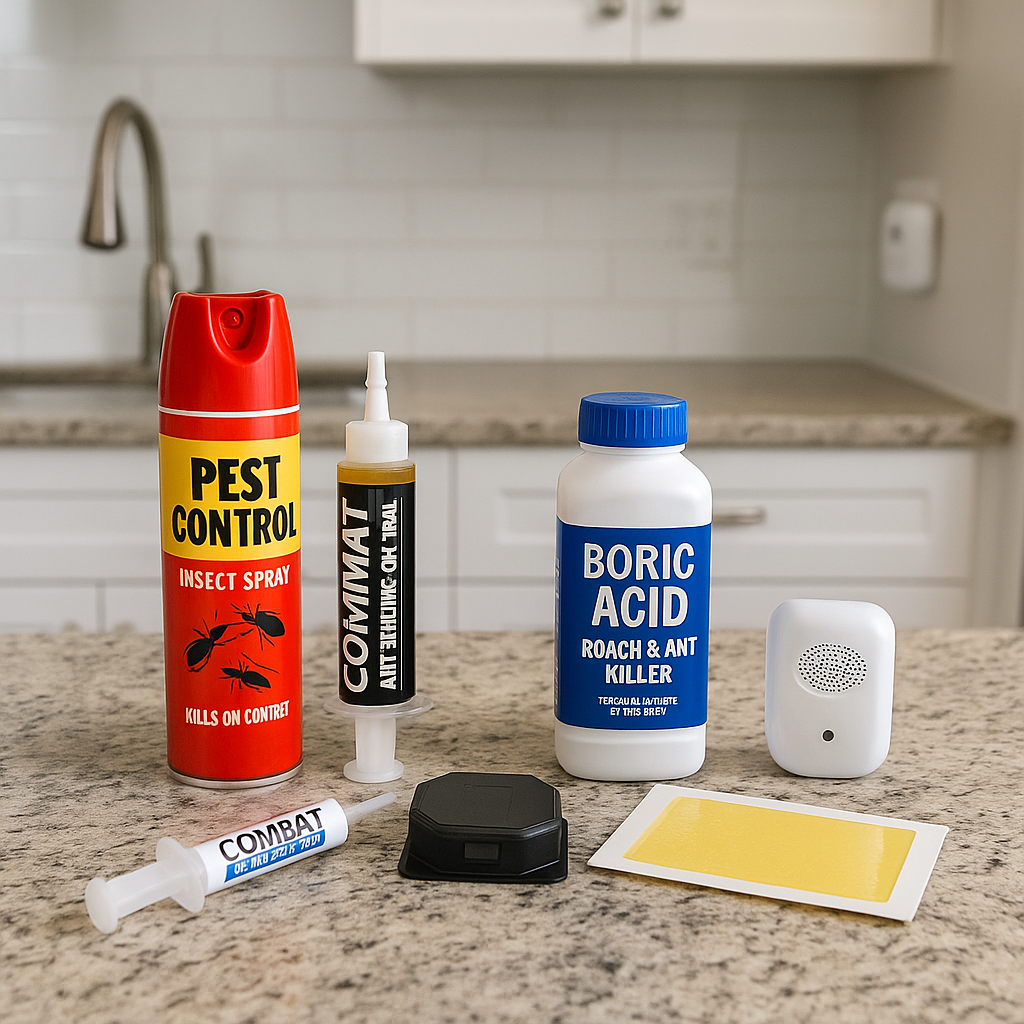


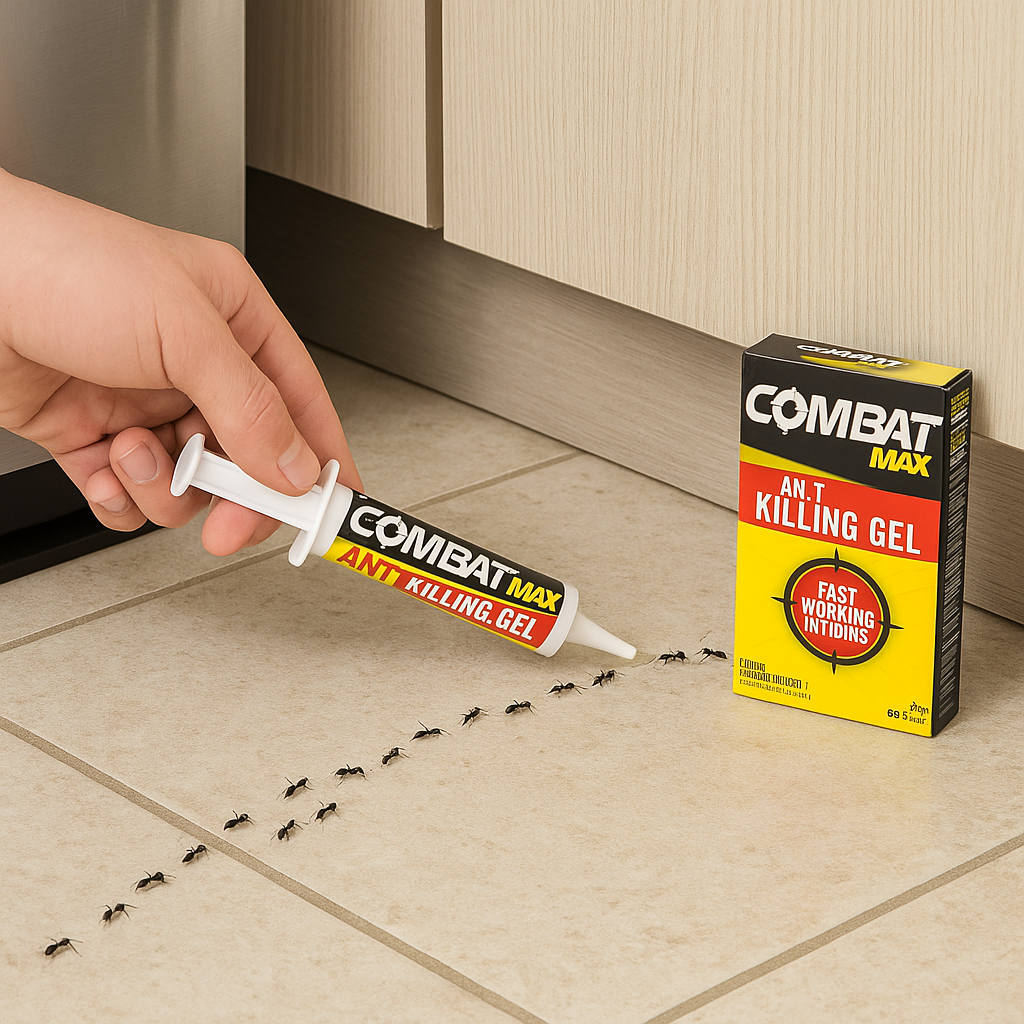


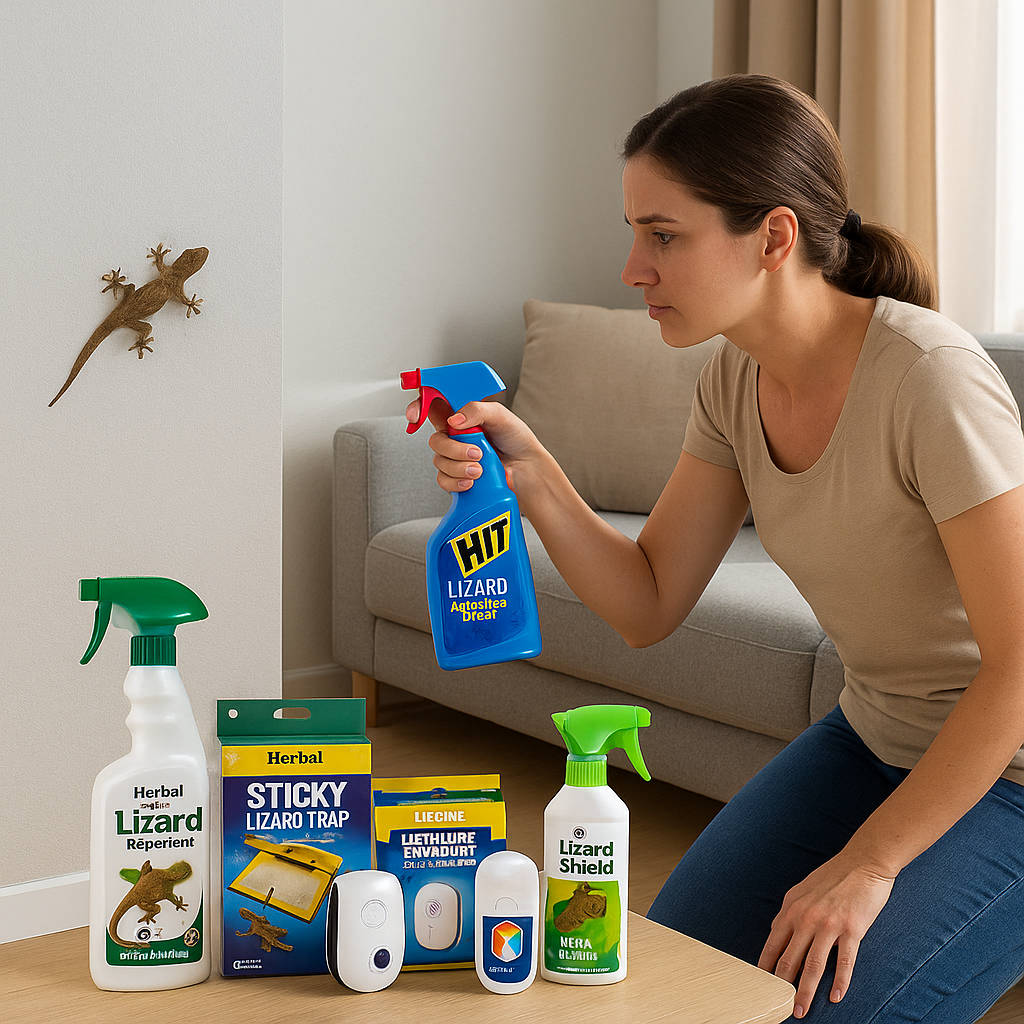







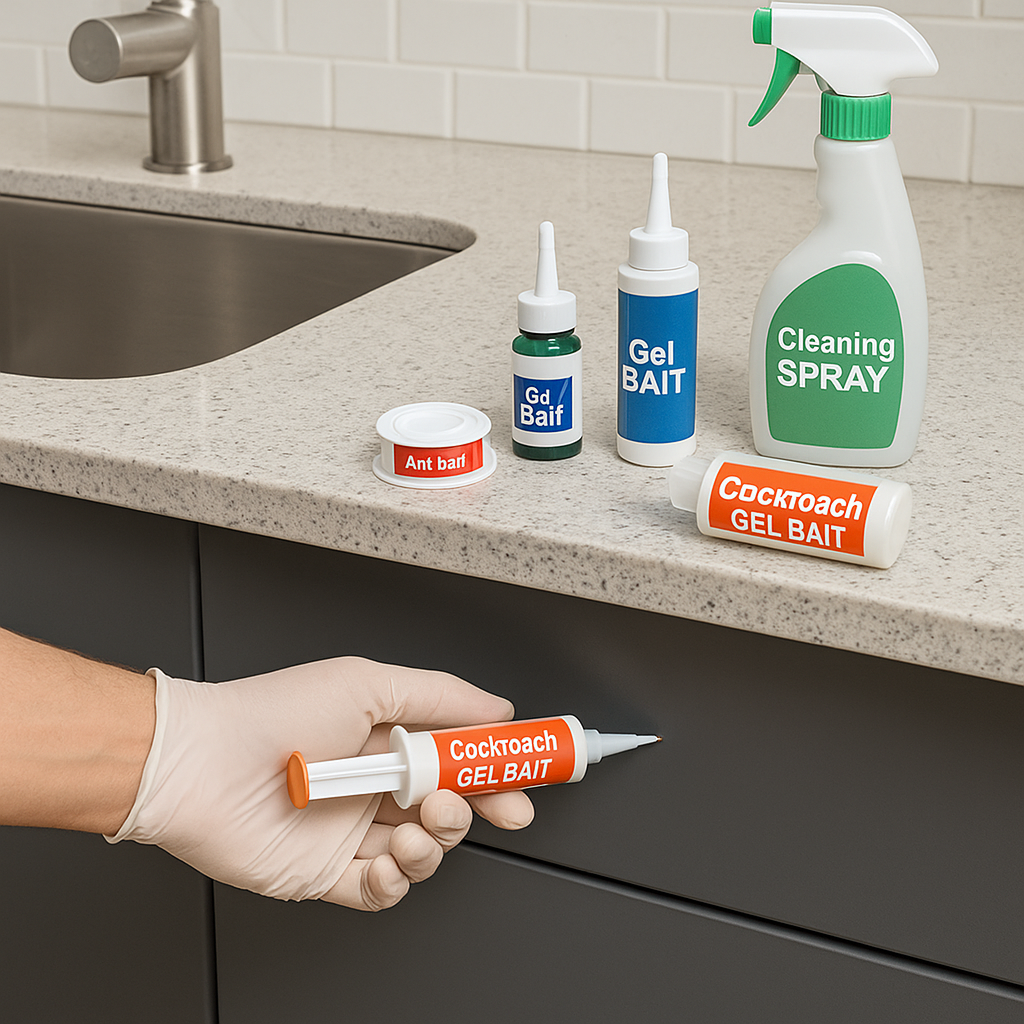

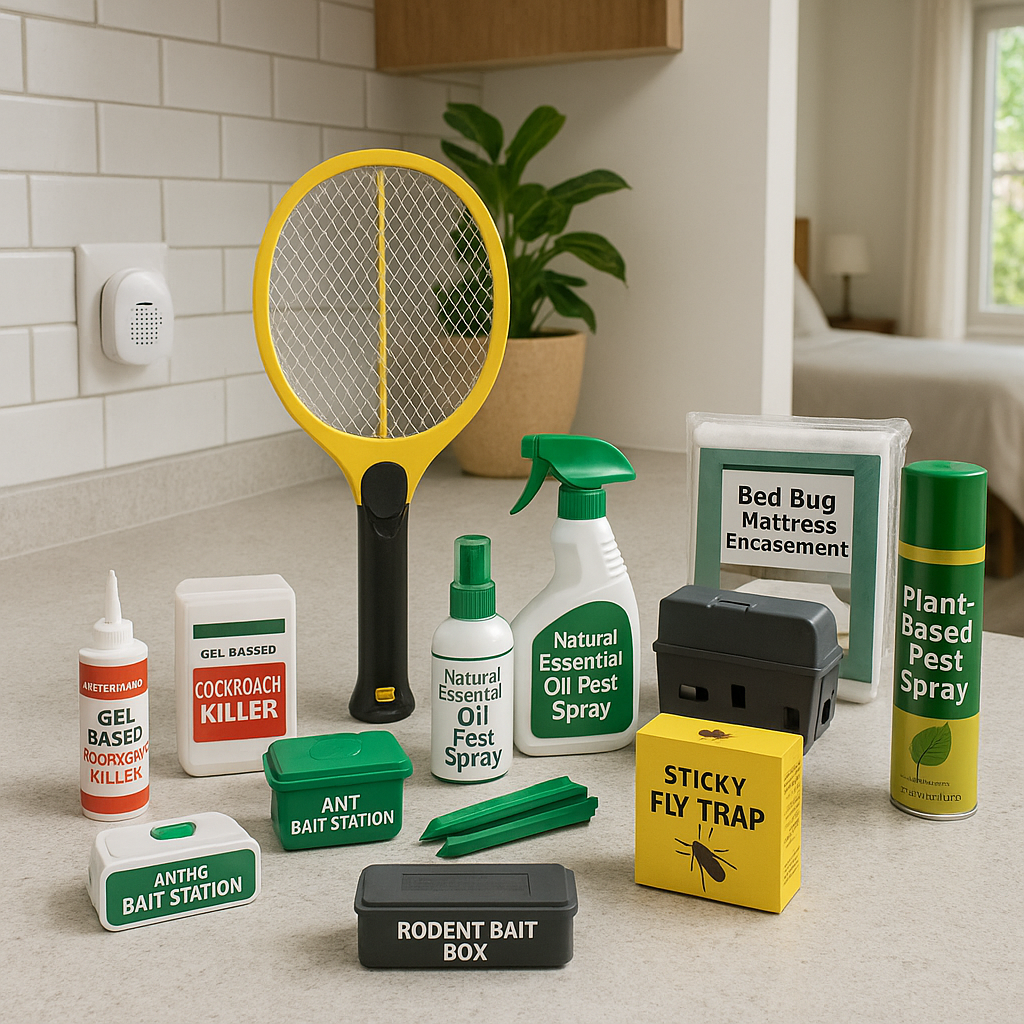



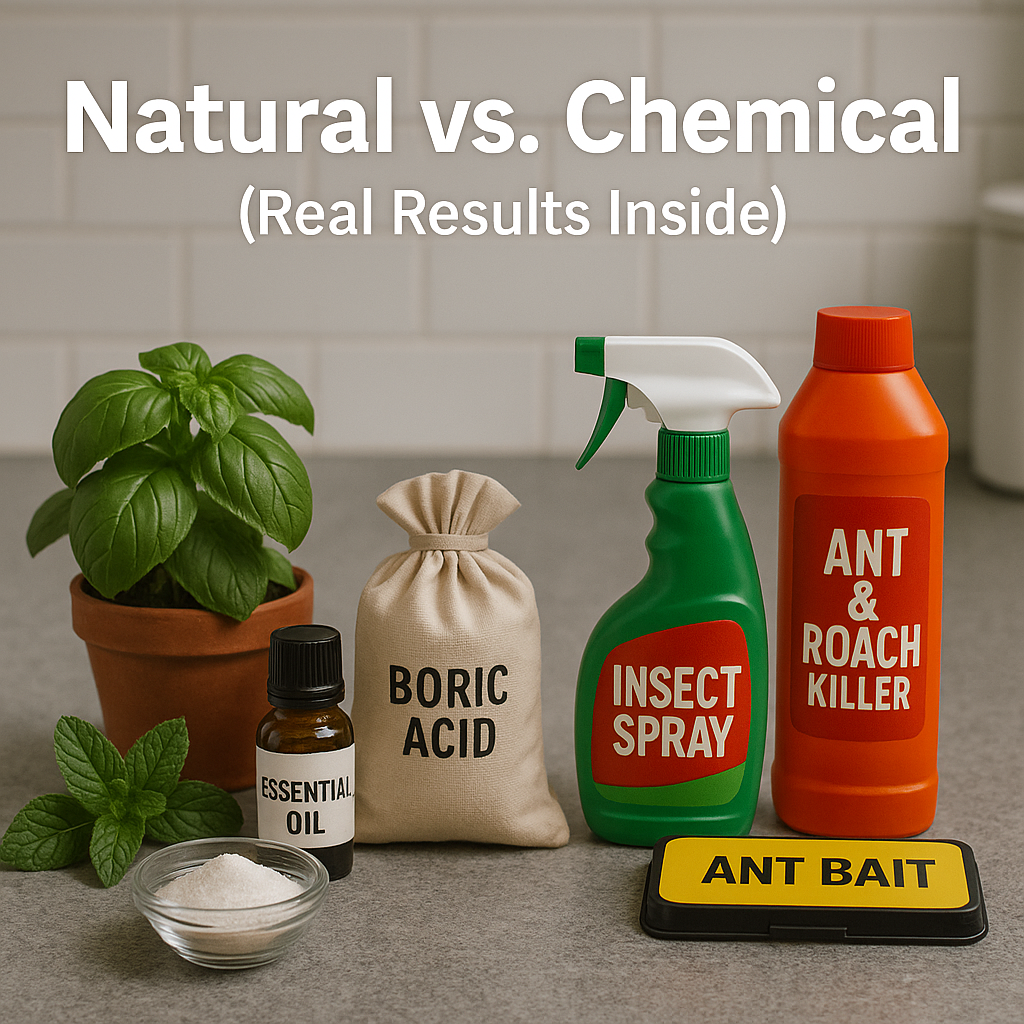


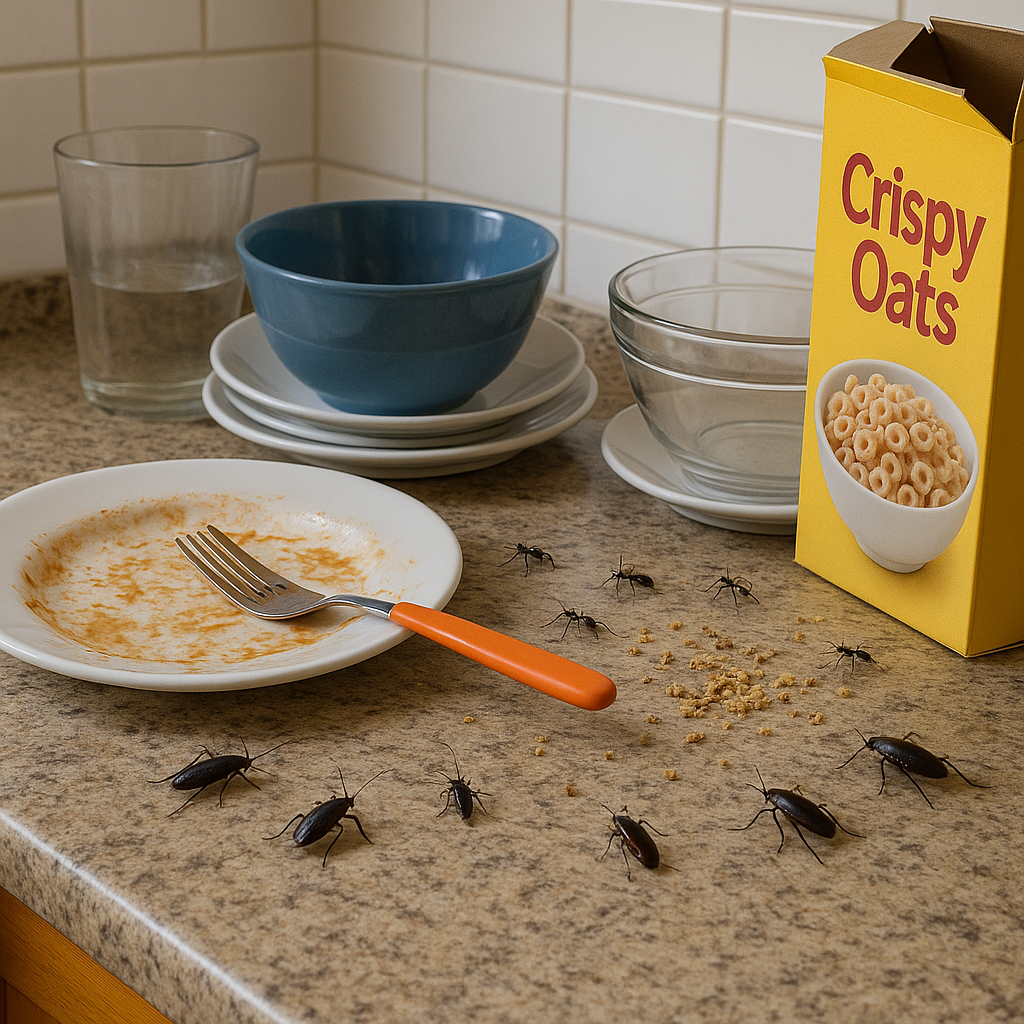



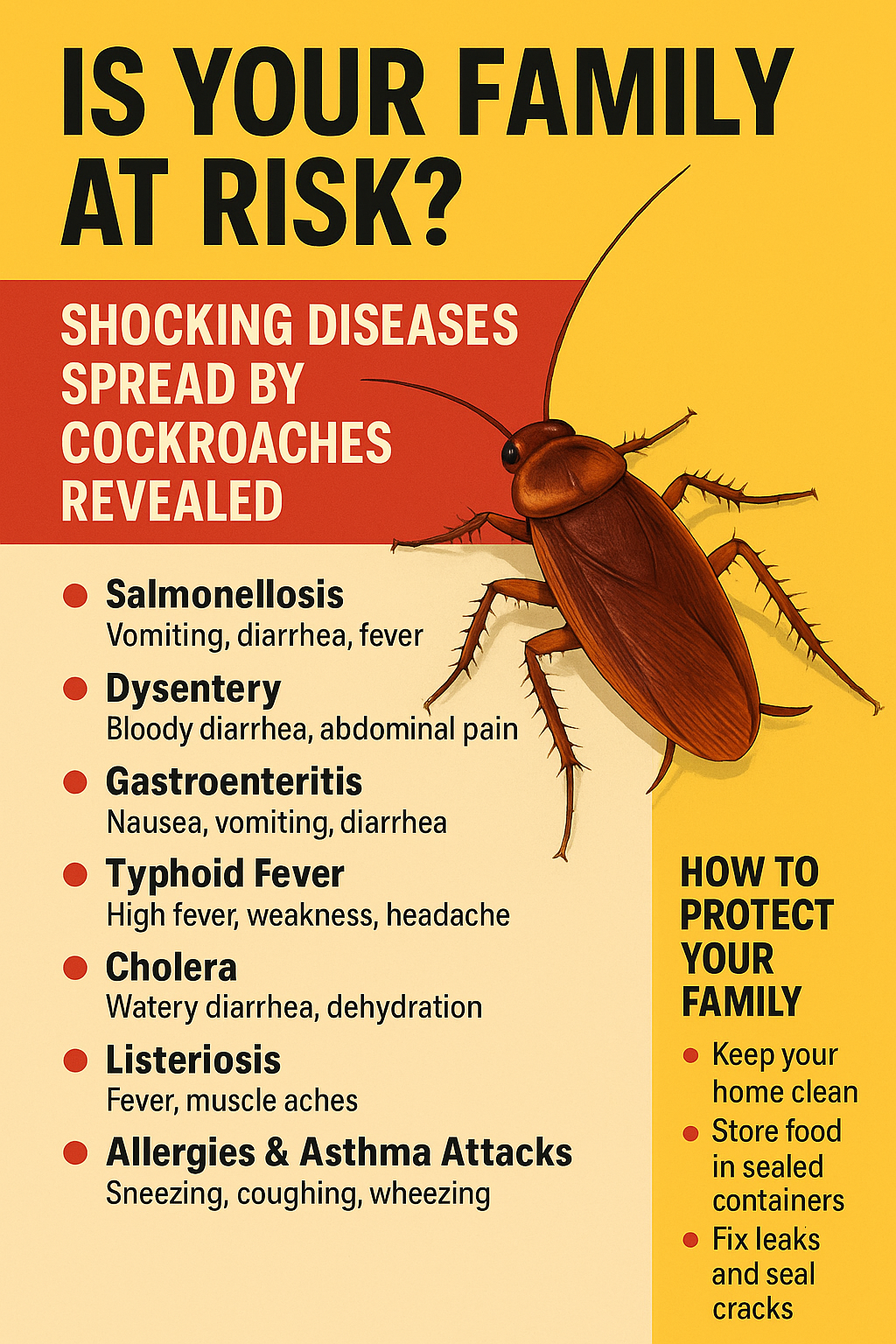

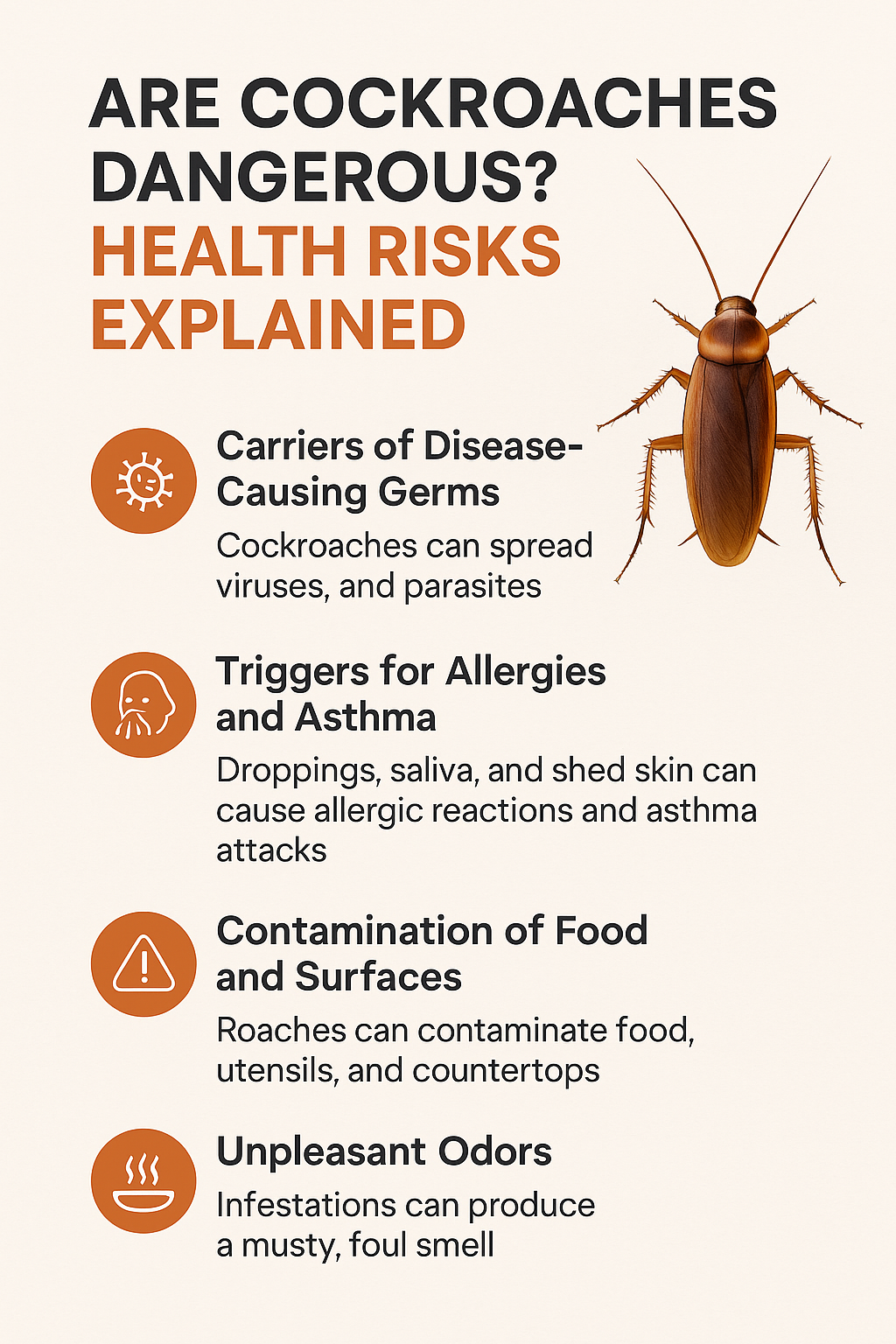
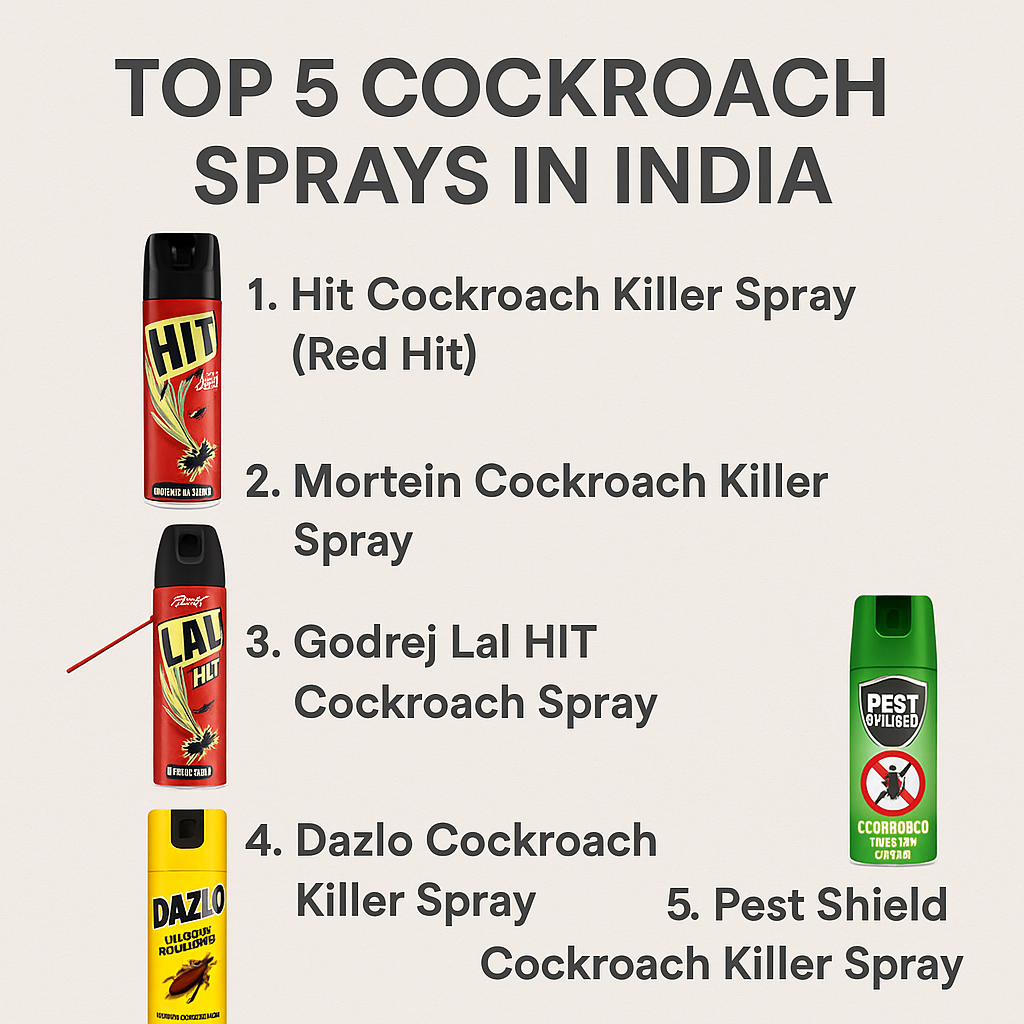
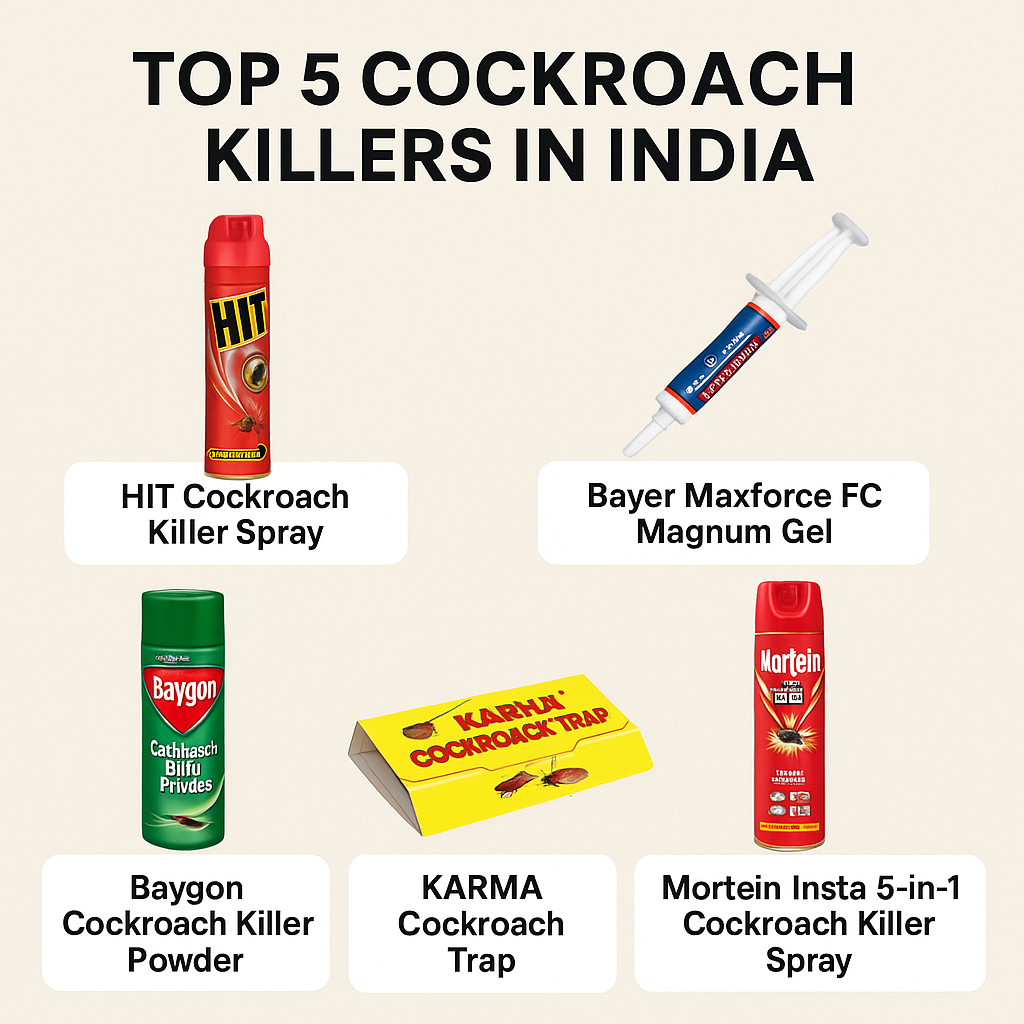
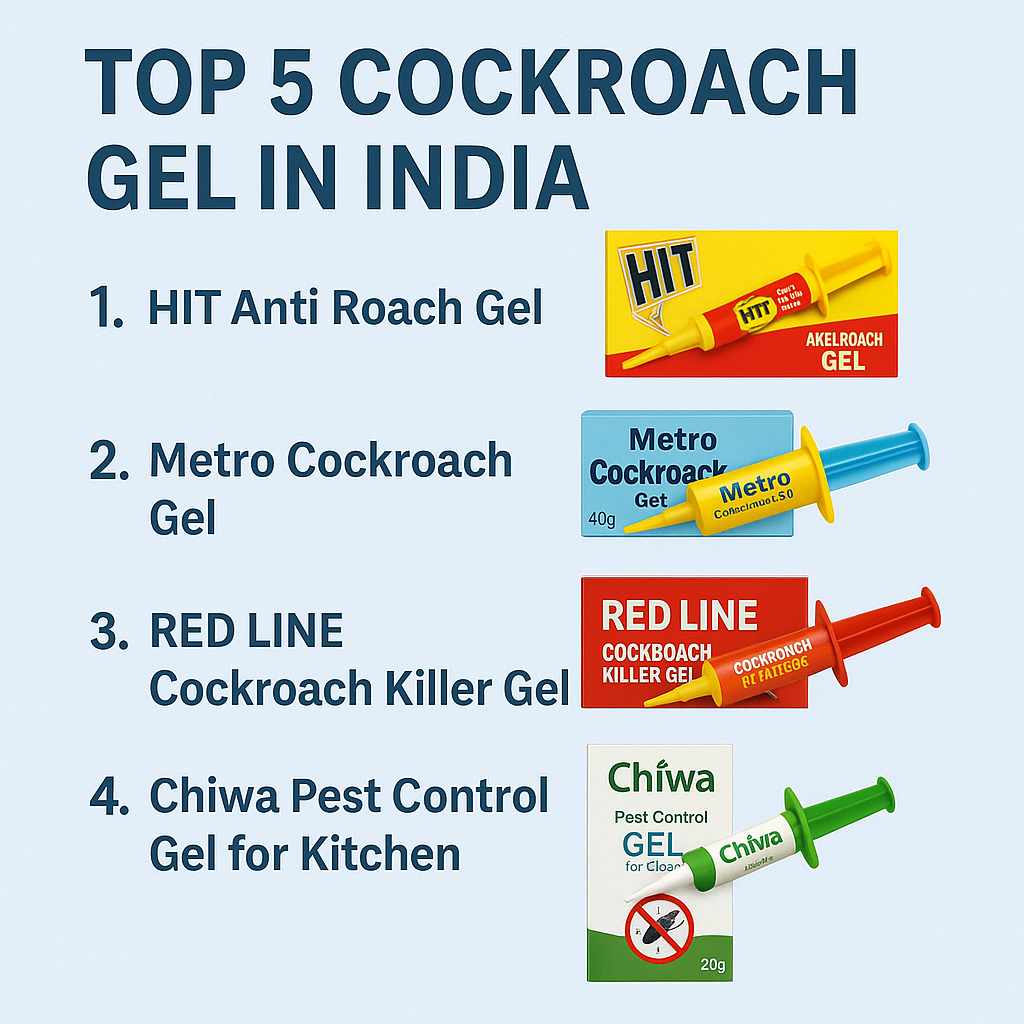
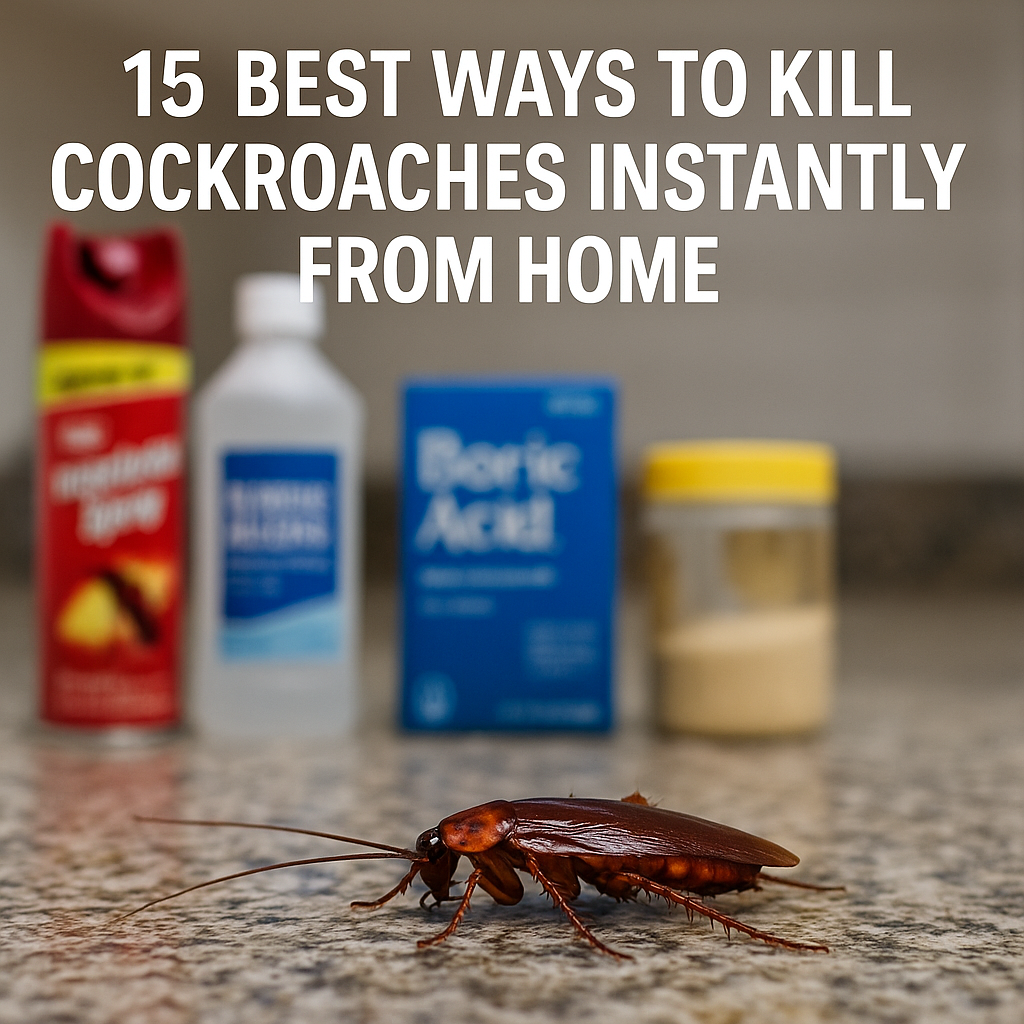
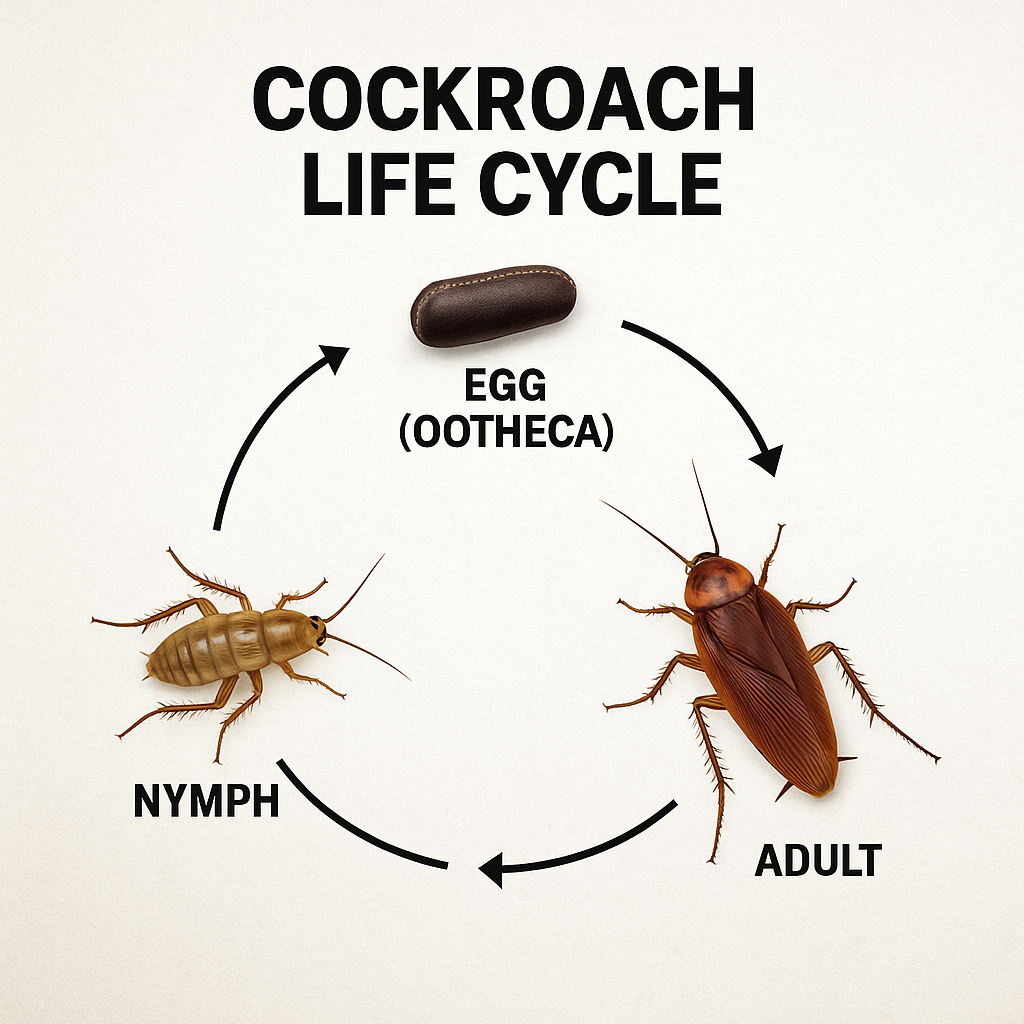
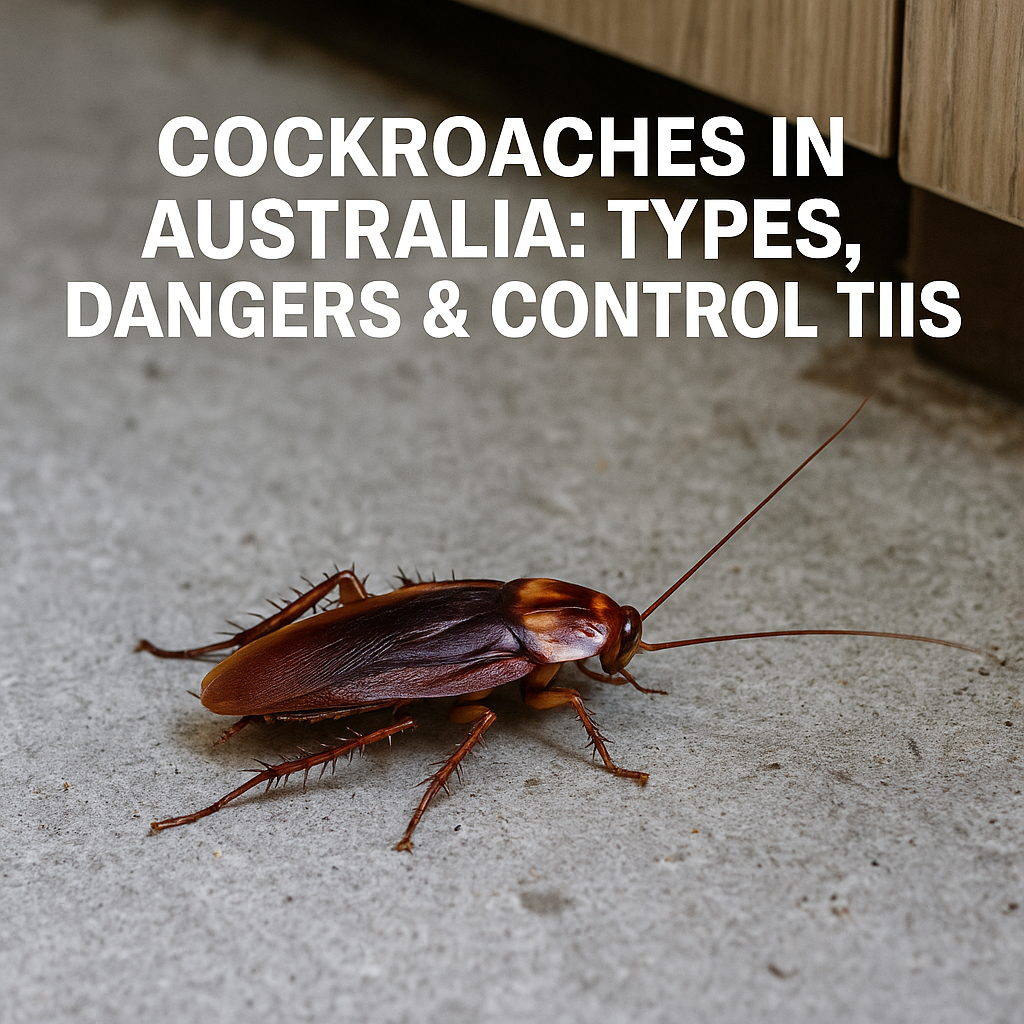
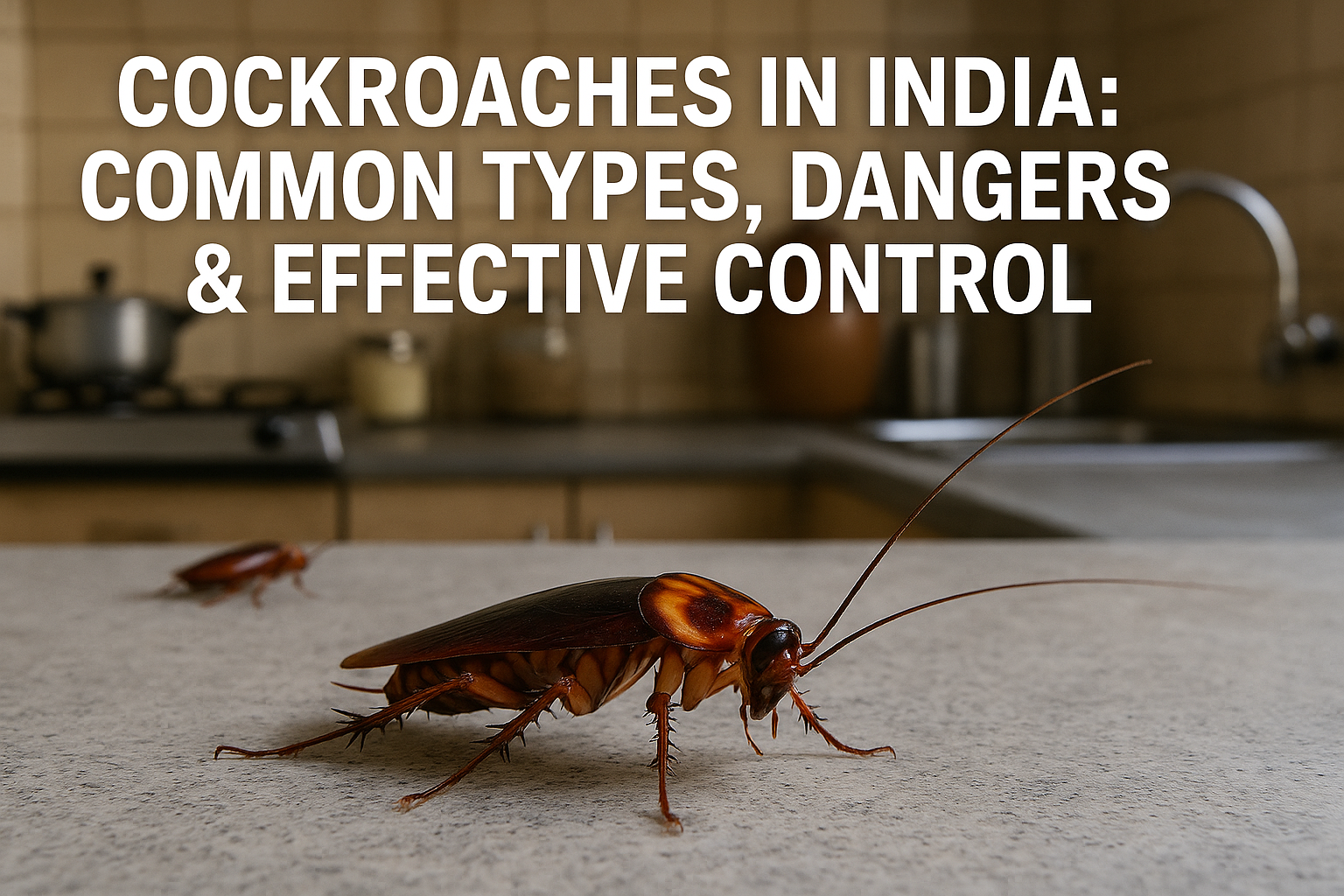
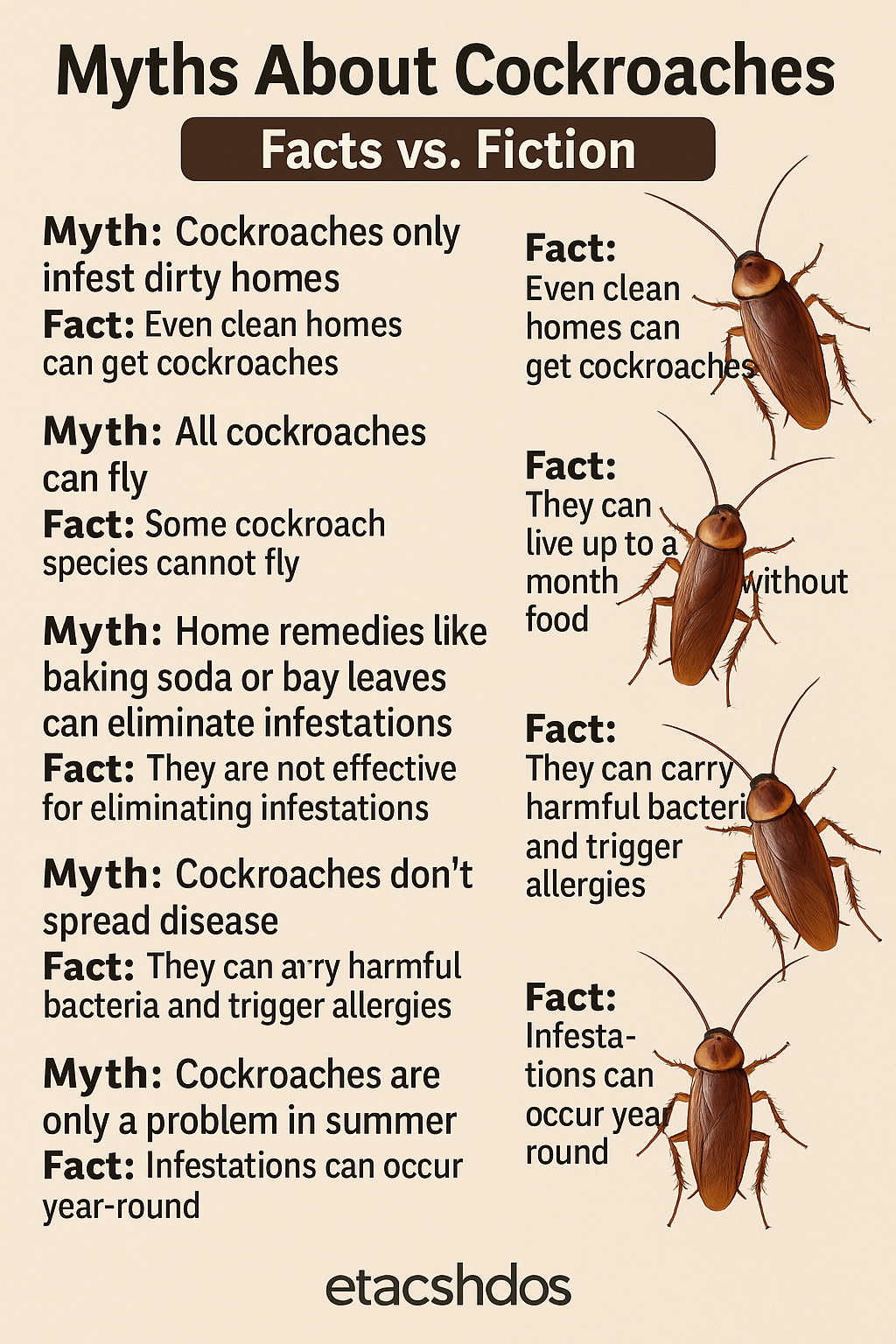
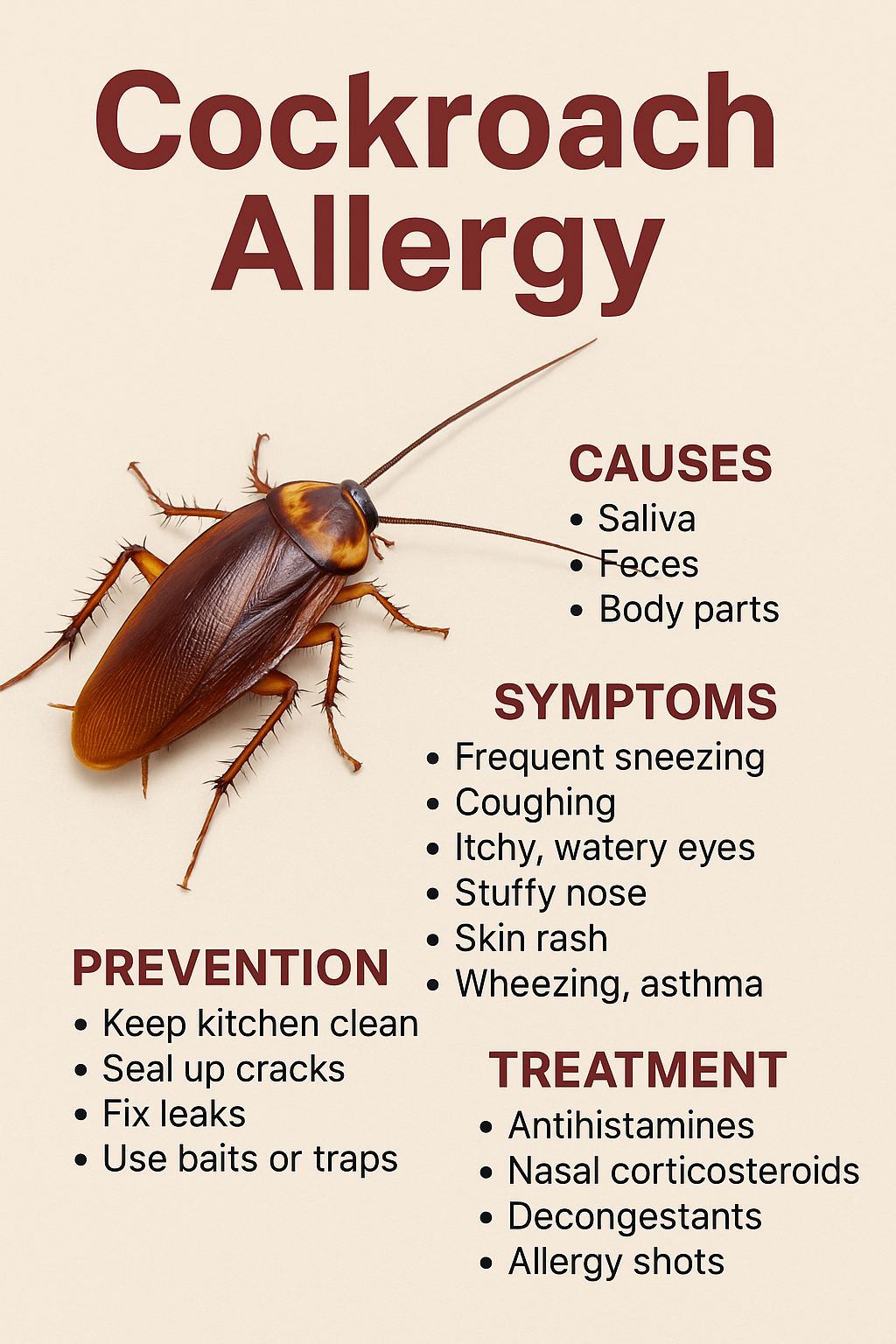
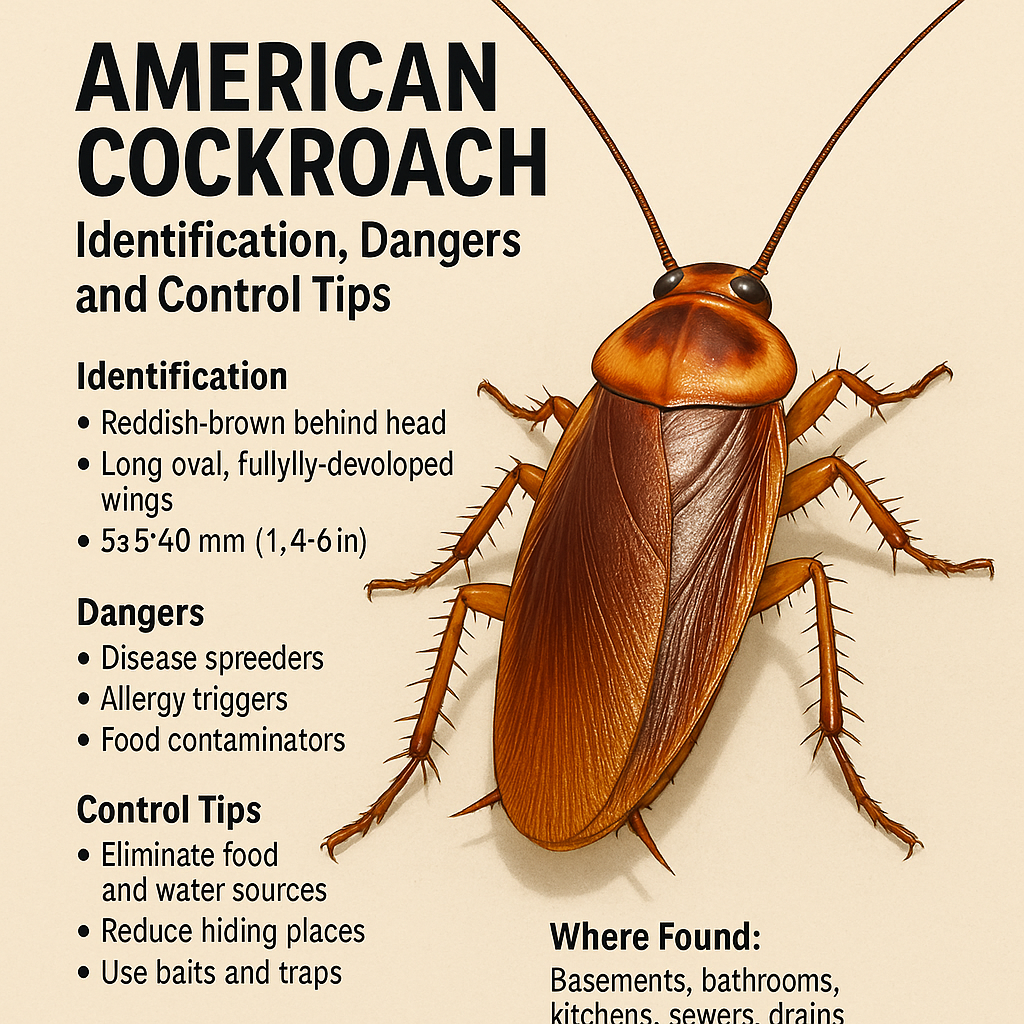
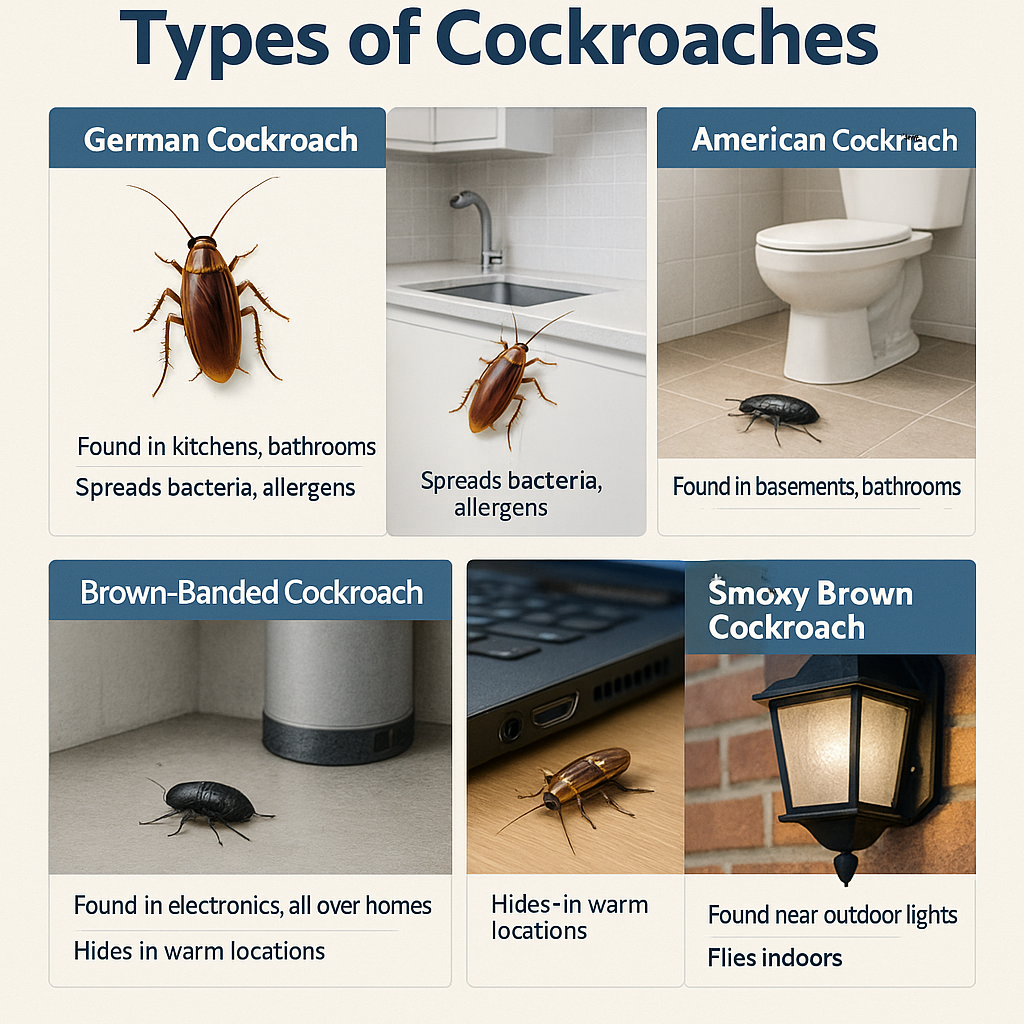
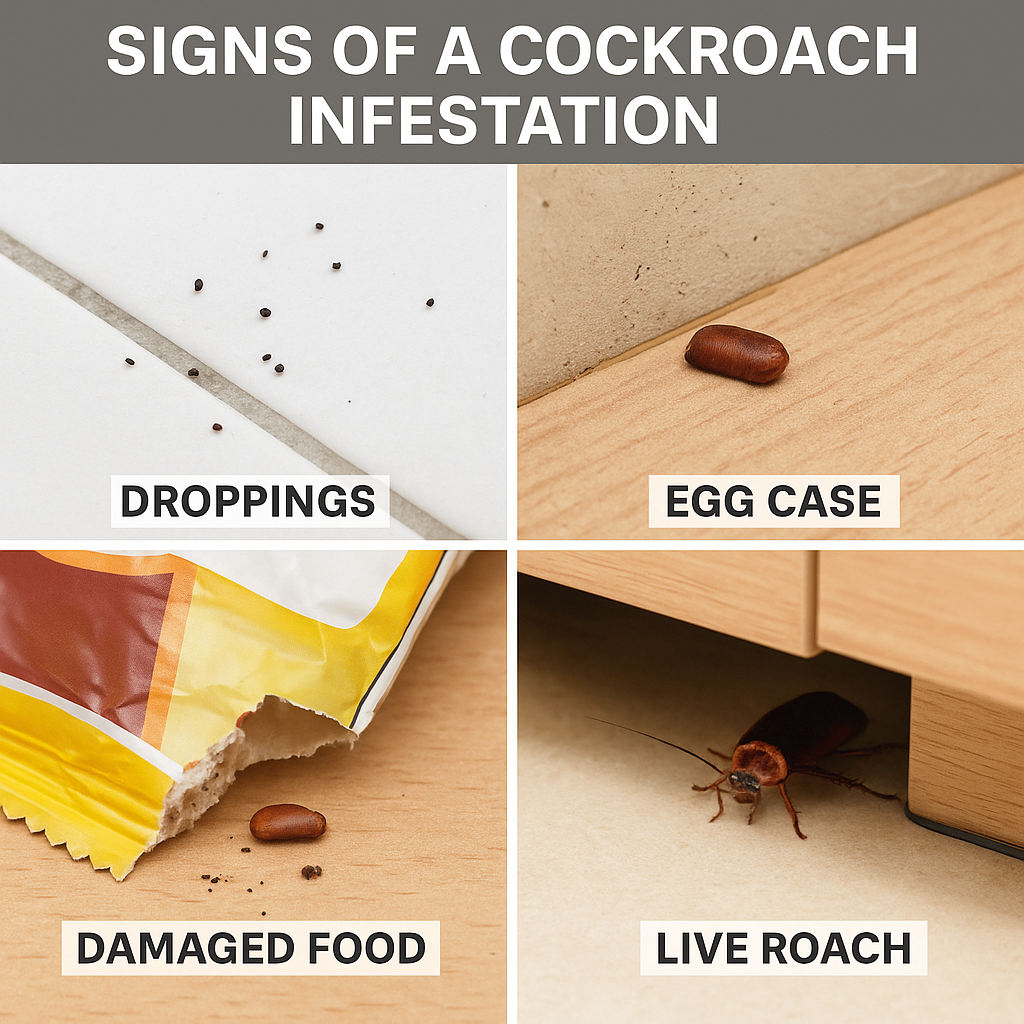

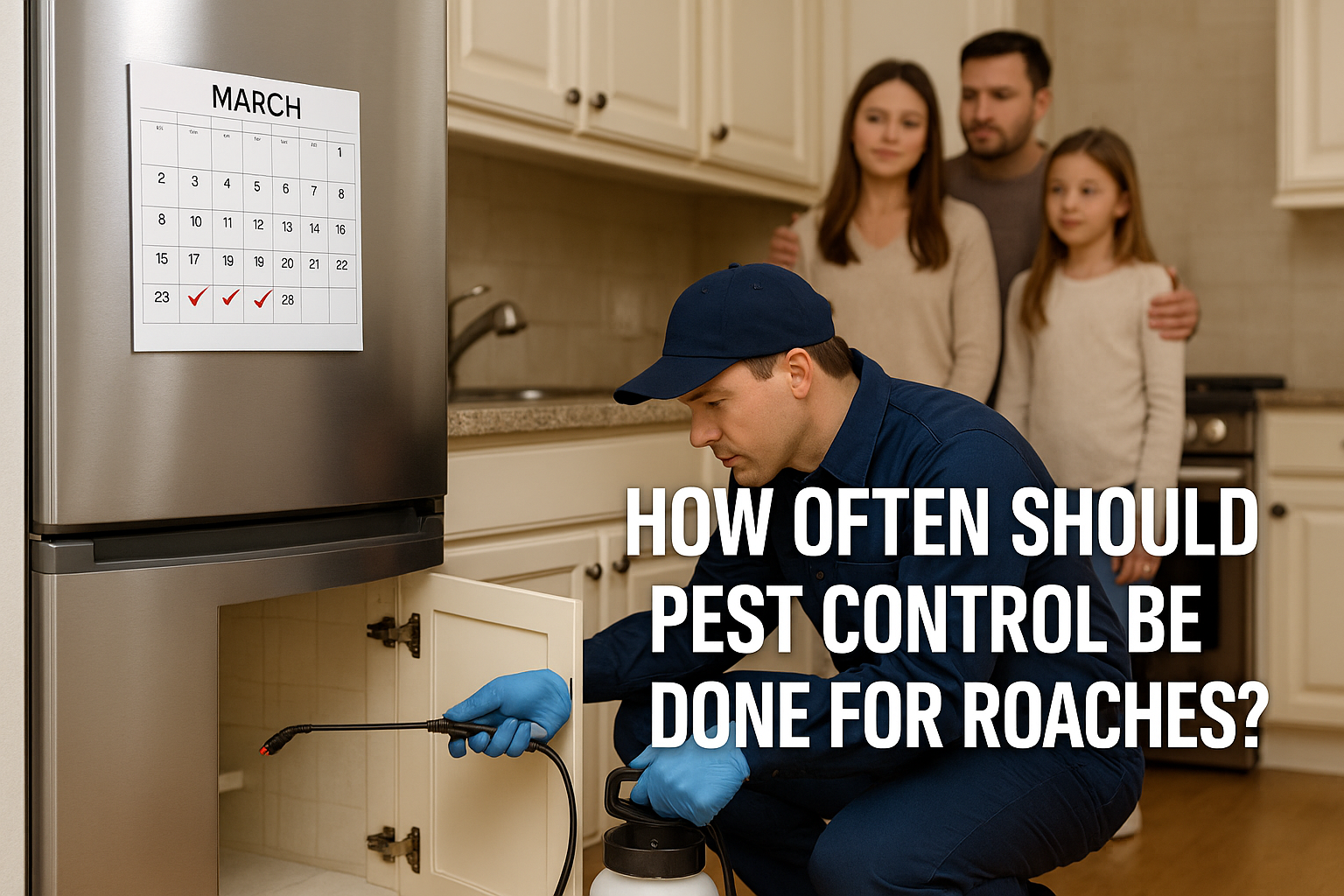
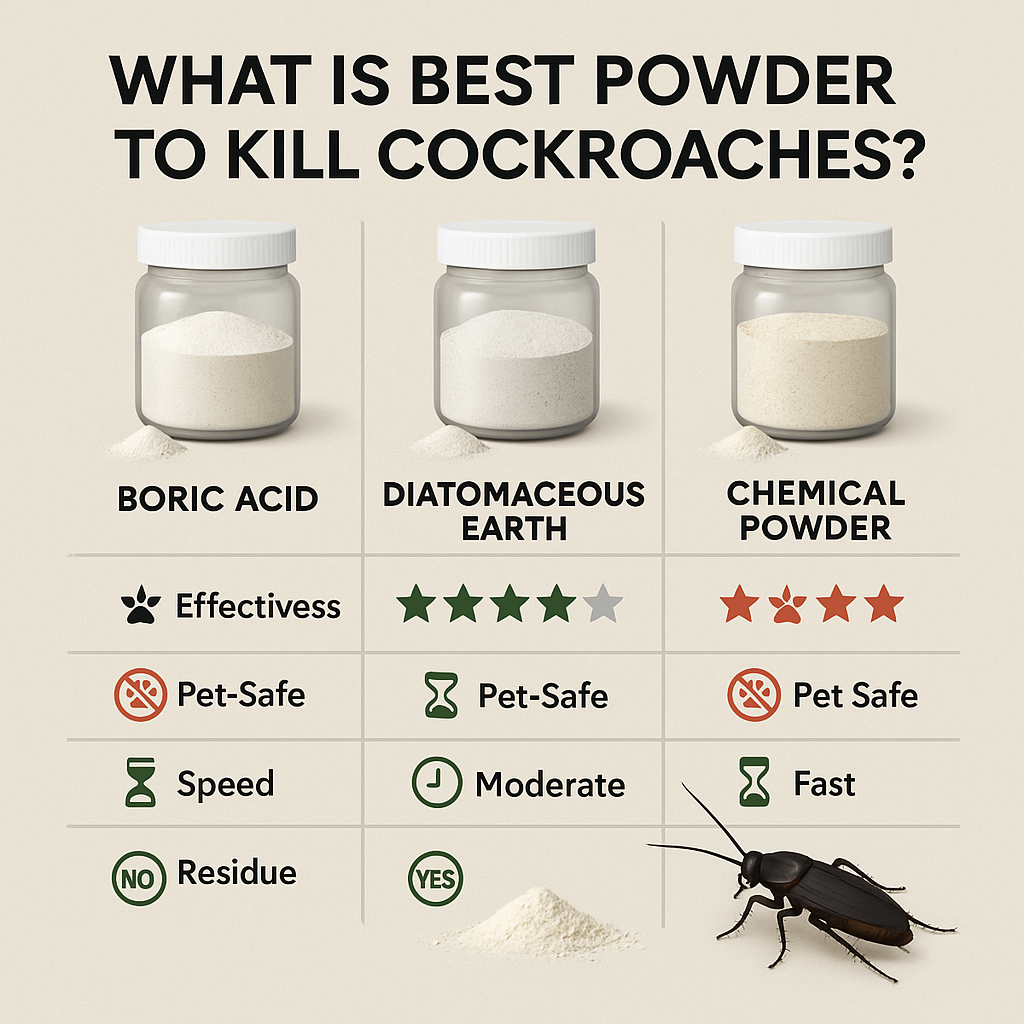




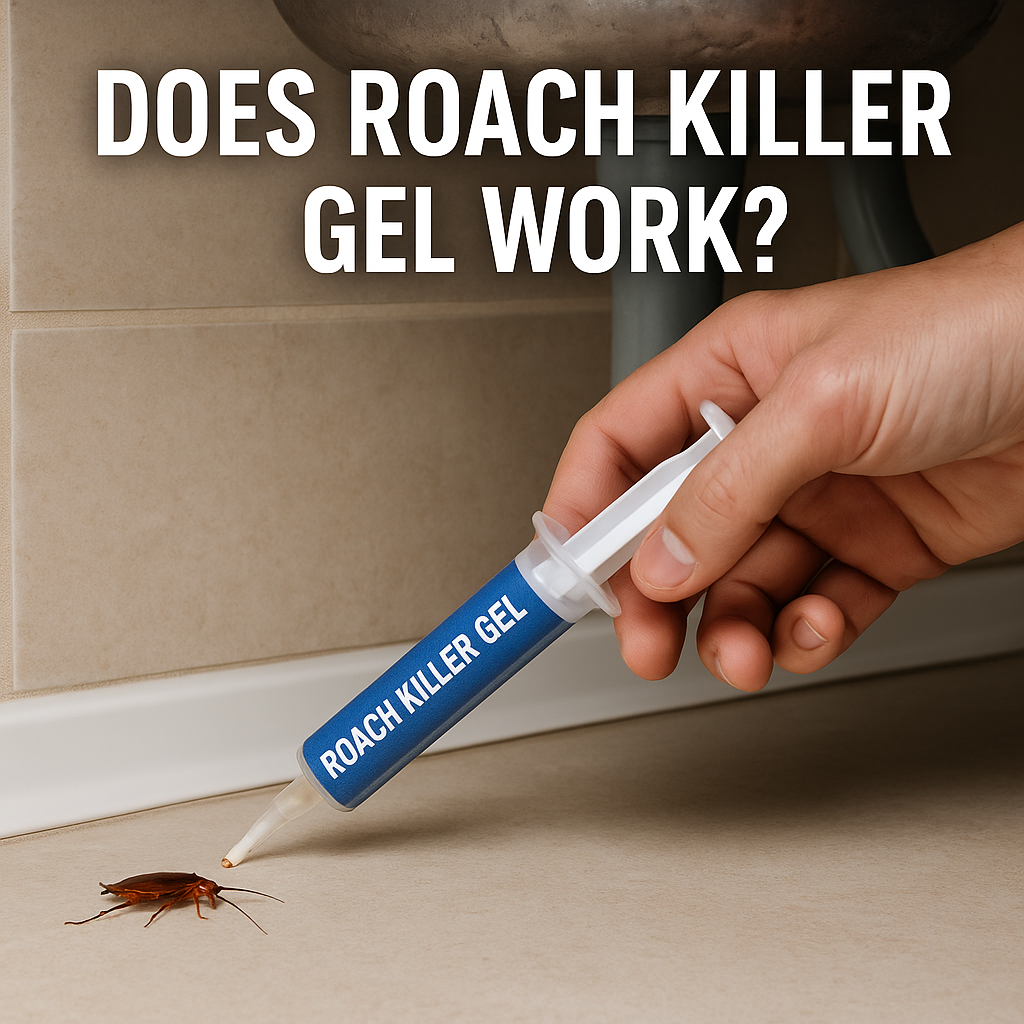

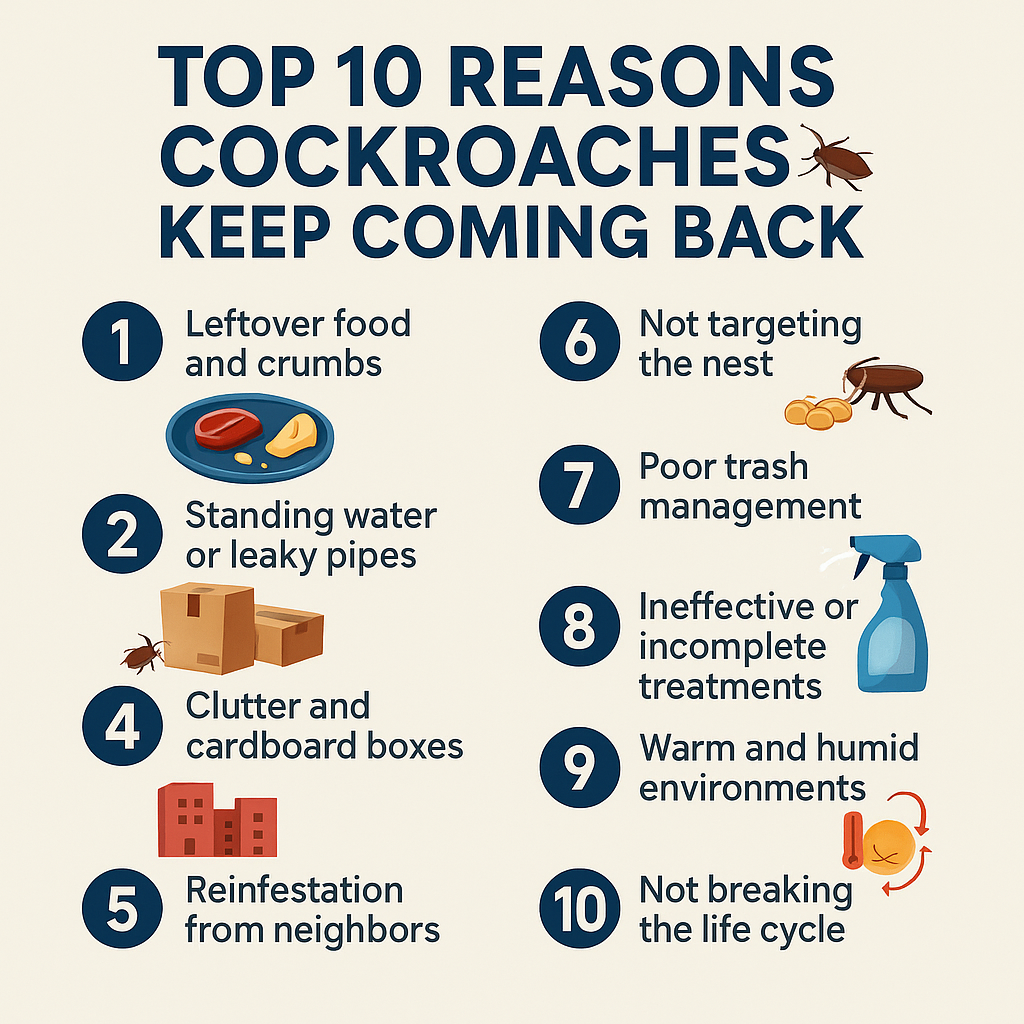


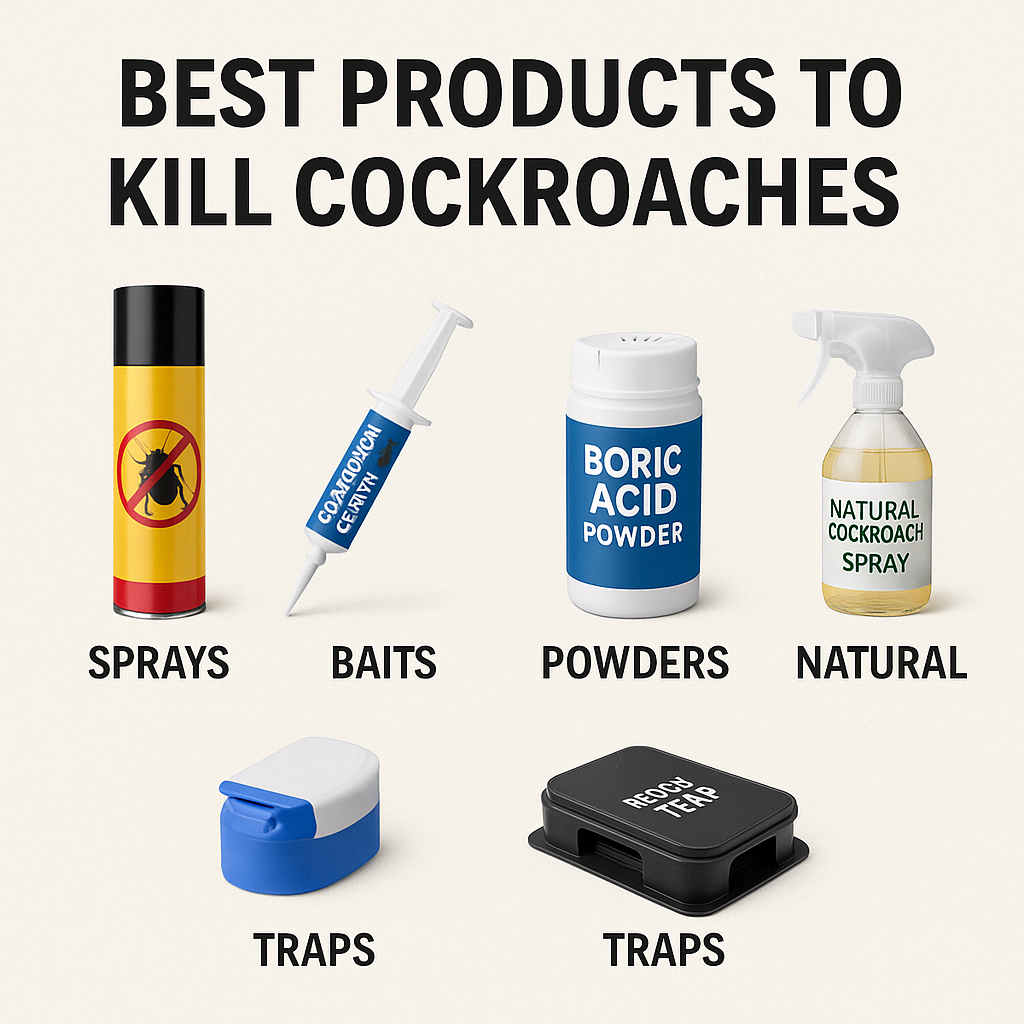

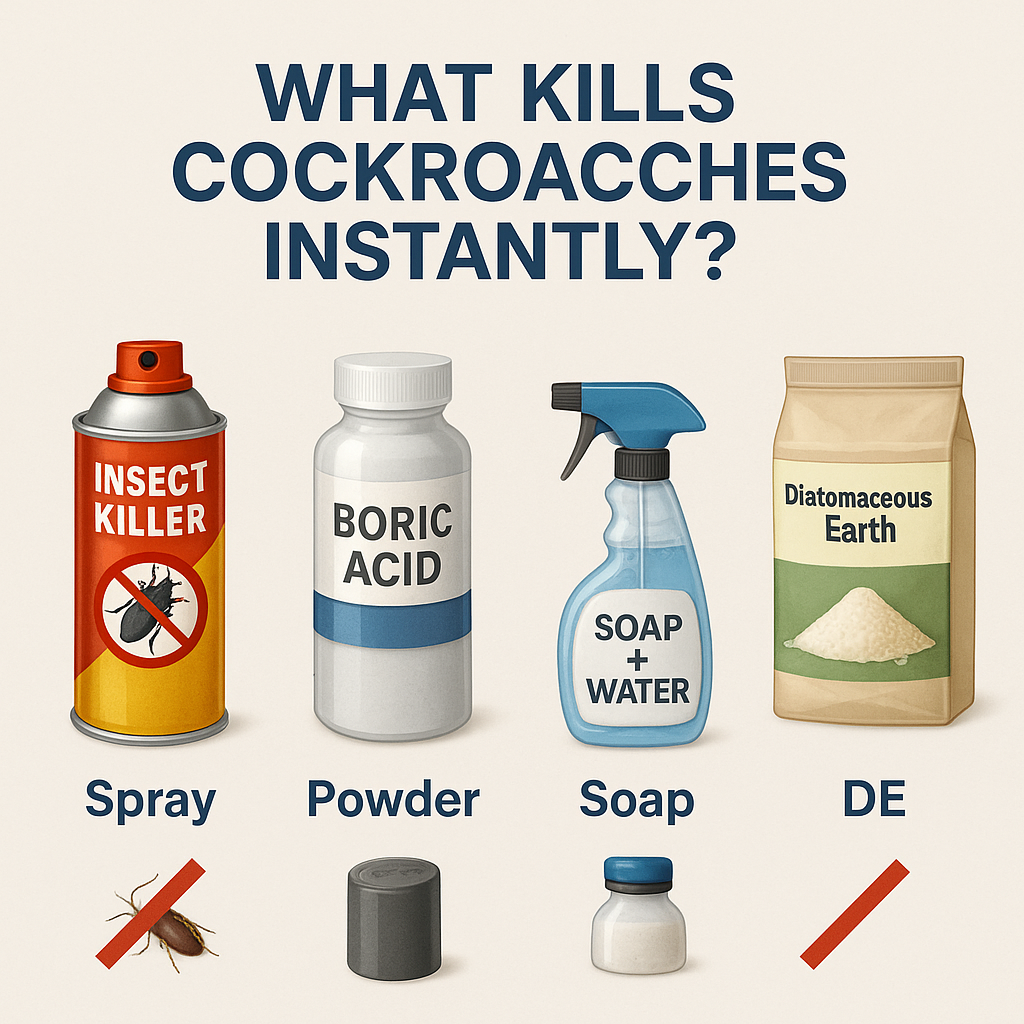










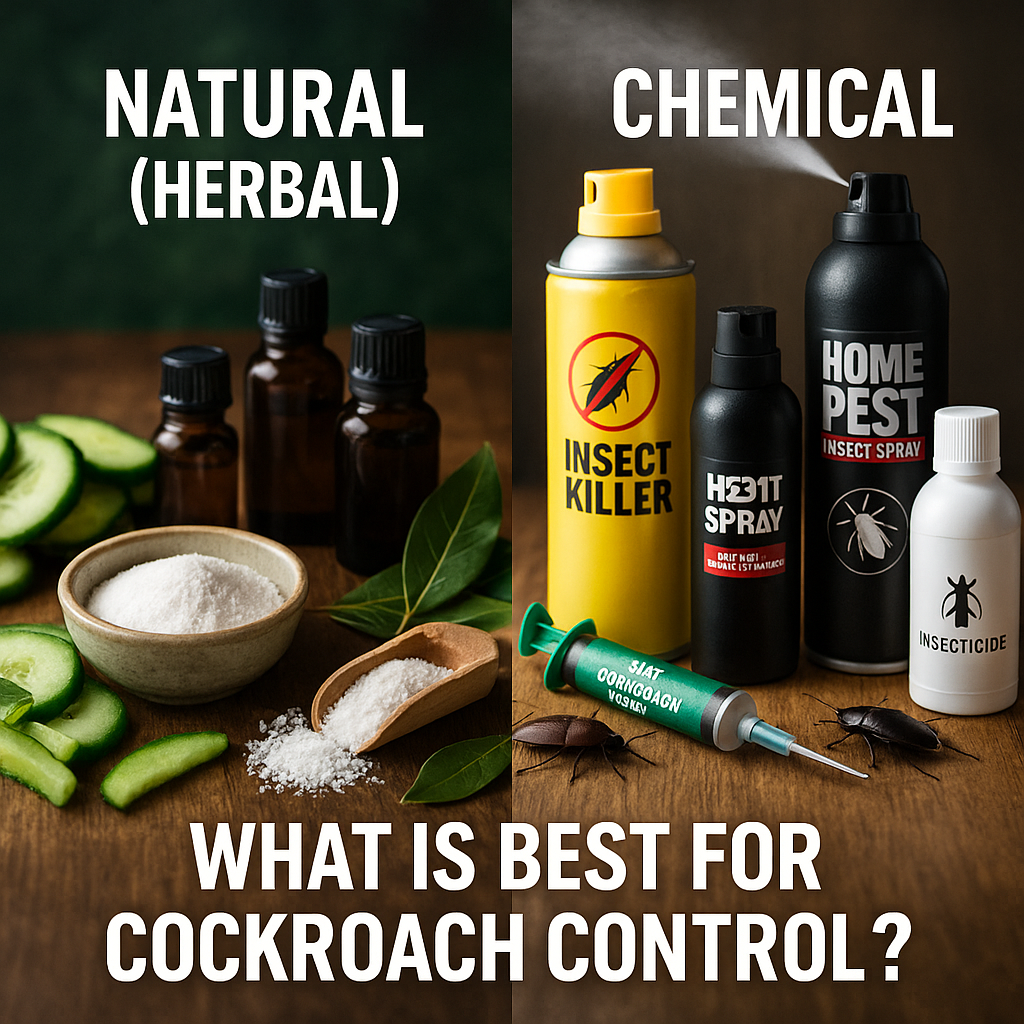


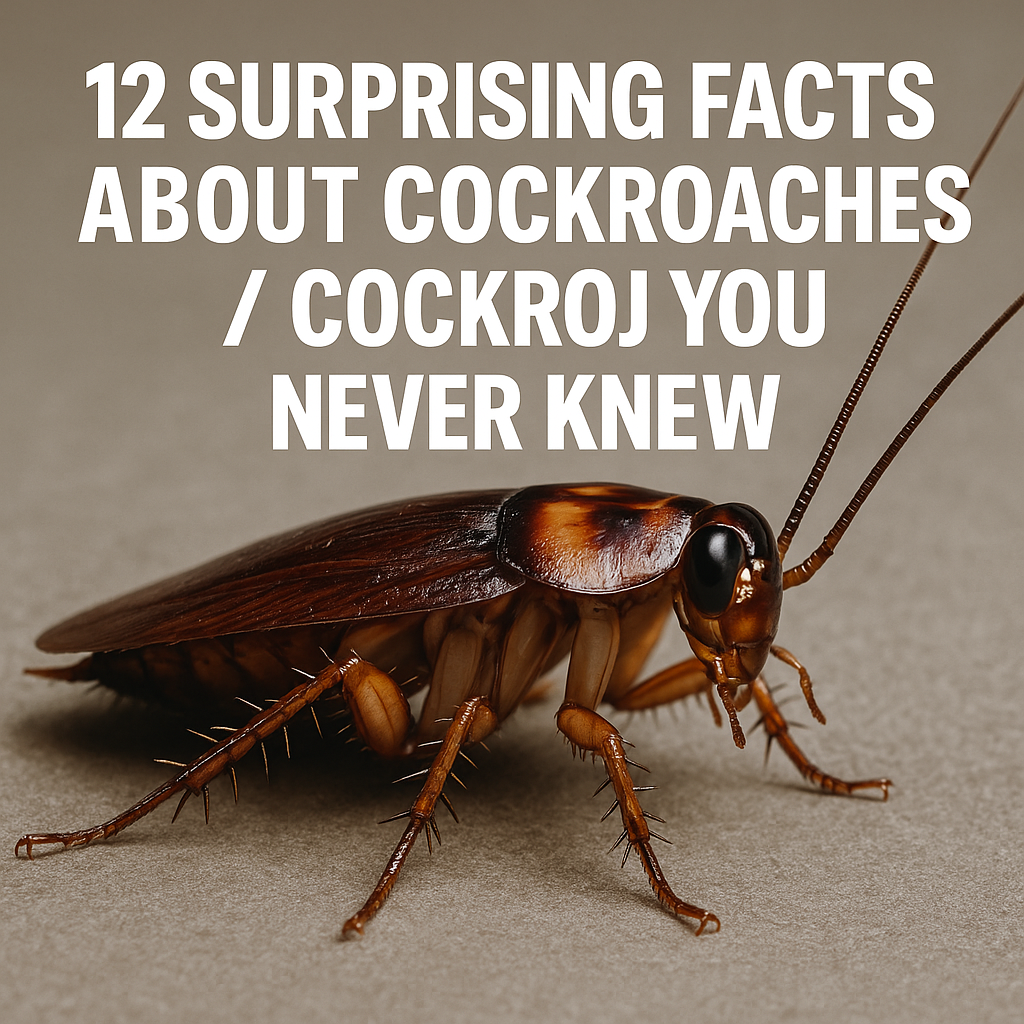
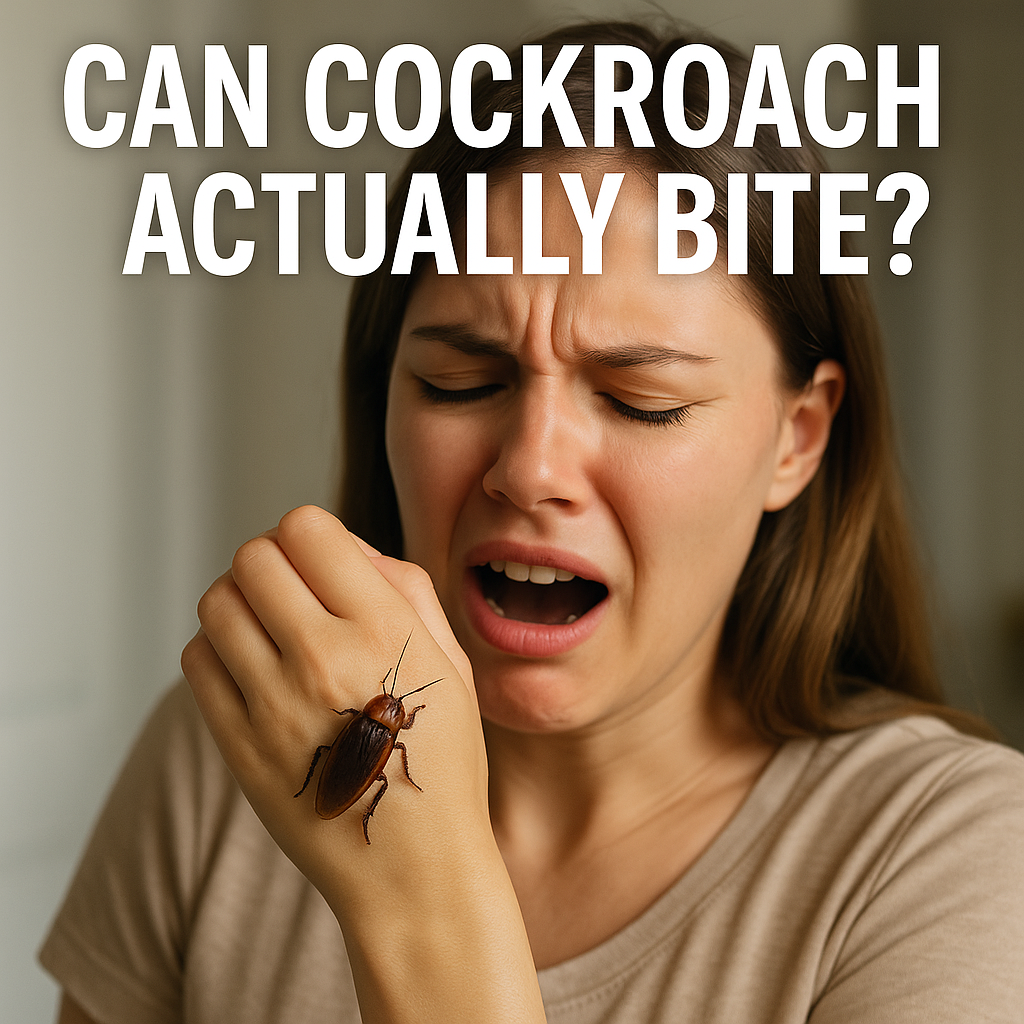







(0) Comments